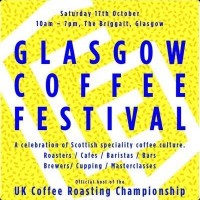 Two weeks ago I was in Glasgow for the second Glasgow Coffee Festival. Although called the Glasgow Coffee Festival (it’s held in Glasgow, after all), it’s more a celebration of Scotland’s growing specialty coffee scene, with lots of contributors from further afield as well.
Two weeks ago I was in Glasgow for the second Glasgow Coffee Festival. Although called the Glasgow Coffee Festival (it’s held in Glasgow, after all), it’s more a celebration of Scotland’s growing specialty coffee scene, with lots of contributors from further afield as well.
Both in scale and atmosphere, it felt more like Cup North than the London Coffee Festival, laidback and friendly. There was plenty of time to talk and socialise, an opportunity to catch up with old friends and make some new ones. I was there for eight hours and still didn’t manage to get around all the stalls (as well as missing all bar one of the talks/workshops/masterclasses/ cuppings).
Some of that was deliberate, because I knew that I would be catching up with people either later that week (I’d set aside a day each to visit new coffee shops in Glasgow and Edinburgh) or a few weeks later at Cup North. Some however, I missed simply because I ran out of time… Despite this, I had a wonderful Glasgow Coffee Festival and will be back next year!
There was enough going on that I’m splitting my report into multiple parts, starting with this, imaginatively entitled Part I (and continuing with the equally imaginative Part II next week)…
You can see what I got up to after the gallery.
Having missed the first Glasgow Coffee Festival, which was this time last year, I was determined to get this year’s, so I headed up the night before to stay with my friends in Edinburgh. Come the big day, I was up super early, rushing to Waverley Station, not even pausing to take pictures of a gloriously misty Edinburgh, so keen was I to get to Glasgow.
I arrived in good time at the Briggait, the Festival’s venue. A soaring hall, which was built as Glasgow’s fish market over 100 years ago, it’s a wonderful (if slightly chilly) setting for a coffee festival. My enthusiasm to get there wasn’t misplaced as people were queuing down the street to get in and several people, who’d come without tickets, were turned away since it was sold out!
I dutifully joined the end of the queue and, when I eventually got inside, the first thing that struck me was the sense of space, the Briggait’s vast, glass, arched ceiling soaring high above me. I’d been there briefly the year before, when it was empty and even then I’d been struck by the sense of space. Strangely it felt even bigger/more spacious when packed with stands and people.
The organisers, Glasgow’s Dear Green Coffee, made very good use of the space at its disposal. Rather than cram it full of stalls, they were arranged in four clusters, with eights stalls per cluster, the clusters themselves arranged in a simple cross-arrangement, with broad avenues between them and plenty of space around the sides. I’m used to the London Coffee Festival, with its low ceilings and closely-packed stalls, so this was paradise in comparison. Add to that the limit on numbers and you had a festival which, while always feeling busy, never felt crowded.
Anyway, enough about the space. What did I actually get up to? Well, you can find out after the next gallery.
Strangely, the first thing that caught my eye as I walked in was, over to my right, a display of vintage coffee machines, belonging to Osten Coffee Culture. Naturally, I wandered over for a drool (err, I mean, closer look) and a chat with the owner, Tobias, who has recently set up business in Glasgow, refurbishing vintage and classic espresso machines. Take a look at the gallery for some of the beauties he has in stock. I was particularly interested in a couple of really early machines, one of which was a cylinder machine (a 1940s AROM machine from France) and the other a Super Café Filter from the 1950s that looks much like a modern espresso machine, but predated the lever machines which revolutionised espresso.
What I hadn’t realised, before talking to Tobias, was that before the introduction of lever machines, which enabled water to be forced through the coffee at up to nine bar of pressure, earlier machines had relied solely on the boiler pressure which rarely even reached two bars! I can only image that espresso of the 1940s and before was a very different drink!
As well as espresso machines, Tobias also has a collection of vintage coffee grinders which neatly leads me onto my friends at Knock. I popped along to say hello to Peter and his colleagues. I’d also brought along Woody, the world’s first wooden feldgrind (now known as the feldwood), having failed to reunite him with Knock at the London Coffee Festival, when Peter had to withdraw at the last minute.
I was pleased to see the usual collection of grinders and tampers, but was surprised to see something new: colour! The original hausgrind was made of wood, while the feldgrind, which is a smaller version with the same burr set, was made of aluminium. My main complaint at the time was that while the hausgrind was beautiful, to my eyes, the feldgrind was less so. To address this, Peter has produced a range of powder-coated feldgrinds (the feldfarb) in a selection of eye-catching colours. And, I must say, even if I am biased, they are gorgeous! There are also plans for a matching range of knock-boxes and milk-jugs, although these aren’t yet in production.
As an added bonus, I got to take a bright red feldgrind home with me! Although I did have to leave Woody behind with Peter to have a new top fitted, so I guess that’s a fair exchange!
After all that, it was time for some coffee… See what I found after the next gallery.
For my first coffee of the day, I made a beeline for Avenue Coffee. I came across Avenue G on Byres Road during my first visit to Glasgow in 2014. At that point, Avenue G had just opened a second coffee shop on the Great Western Road, where it was also just about to start roasting under the Avenue Coffee brand. This was my first chance to actually sample the coffee and since I had a standing invitation from the head roaster, Katelyn, to come and say hello, I did.
I had Avenue’s Skyscraper espresso, a single-origin Colombian, as a flat white. In milk, this was very smooth and very well-balanced, a really lovely way to kick off my Glasgow Coffee Festival. You can find out more about Avenue Coffee, which has its own Meet the Roaster feature.
After that, I popped over to the Terrone stall to catch up with Edy Piro, Callum and Terrone’s new barista, who turned out to be none other than Alex of Leeds’ La Bottega Milanese, who had swung by for the day. We had a quick chat, include some exciting news about a new Terrone café (which is rather embarrassing since at that point I still hadn’t managed to visit Terrone’s long-standing container at Netil Market…).
Terrone had a couple of single-origins on offer, a Guatemalan and a Panamanian, La Esmeralda Geisha. I got Callum to pull me a shot of the Geisha and it was amazing, a lovely, fruity espresso, but at the same time, well-balanced and incredibly smooth. My only mistake was having that as my first espresso of the day since things could only go downhill in comparison from there!
However, having drunk some espresso, it then seemed only reasonable that I have a go at making some. You can see how I got on after the gallery.
When I first visited Edinburgh’s Brew Lab, back in 2012, it had one of the first Slayer Espresso machines, a beautiful beast of a machine. However, at the end of last year, Brew Lab, always moving with the times, installed one of the UK’s first Black Eagle espresso machines, relegating to the Slayer to the basement, which got the guys at Brew Lab thinking… What to do with the spare espresso machine? And, indeed, what to do with the unused basement?
The result of all this head scratching was the Brew Lab Training Lab, offering espresso and filter coffee courses to profession and public alike. All of which is by way of an introduction to the Brew Lab stand, where lucky visitors were being offered a chance to pull a shot on the Slayer. Well, how could I say no?
Under the expert eye of Dave, from Brew Lab, I put the Slayer through its paces. We started with the basic recipe: 18.5g in, aiming for 37.5g out in a 25 second extraction. First step, as ever, is to grind the coffee, then tamp it, using my recently acquired tamping skills from the barista training course at Department of Coffee and Social Affairs. Happy with the outcome, I attached the portafilter to the group ahead and we were ready to go.
The Slayer has a big paddle on the top of the group head which has three positions: off (to the right), 5-bar (in the centre) and 9-bar (to the left). The centre setting is used for pre-infusion. Without pre-infusion, the espresso machine is trying to force the water at the full 9-bar pressure through the dry coffee grounds, which can exacerbate any unevenness in tamp or grind as the water seeks the easiest path through the grounds, leading to uneven extraction. With pre-infusion, the coffee grounds are fully saturated, so when the full extraction starts, the water should (in theory) meet less resistance and extract more evenly.
With Brew Lab’s Slayer, the pre-infusion should last 10 seconds, the aim being to flip the paddle over to full pressure as soon as the first drop appears (which indicates that the grounds are fully saturated). As I learnt on my barista training course, there are two basic approaches when it comes to espresso extraction: time or weight. Put simply, you either extract for the time specified by the recipe (and try to get as close to the weight out) or you extract by weight (and try to get as close to the extraction time).
I went for extraction-by-weight and left the timing to Dave. I flipped the paddle to the centre, waited until the first drop appeared and then flipped it all the way to the left. Extracting by weight always involves a bit of guesswork since no matter how quickly you shut off the pressure, it always runs on a bit (although you could always just remove the cup and then turn the machine off). Anyway, I shut it off when the scales read 35g and ended up with 38g, pretty close to the target weight of 37.5g.
So, that was the good news. The bad news is that my extraction took 30 seconds rather than the target 25 seconds, so my espresso was slightly over-extracted and, as a result, a little on the bitter side. Not horrible, by any means, but after the delightful Geisha, it was a bit of a comedown!
Had we been back in Brew Lab, we’d have returned to the grinder and tweaked the grind to make it a little bit coarser, leading to a faster extraction. What I found fascinating was relating this to my own experiences of making espresso at home: here I had a state-of-the-art espresso machine and grinder, pretty much pre-set, and yet I still wasn’t able to pull a great shot first time. At home, doing one shot a day, it’s much more difficult to get it even close to right, which perhaps explains why my espresso-making is so patchy. Maybe I should just bite the bullet and accept that at home I need to pull three or four shots for each espresso I want to drink…
Anyway, on that slightly depressing thought, I’ll leave you for now. Next time on the Saturday Supplement, we’ll get to meet more of the excellent roasters that were at the Glasgow Coffee Festival in Part II of my round-up. The Glasgow Coffee Festival was a runner-up for the 2015 Coffee Spot Award for Best Saturday Supplement by the way.
If you liked this post, please let me know by clicking the “Like” button. If you have a WordPress account and you don’t mind everyone knowing that you liked this post, you can use the “Like this” button right at the bottom instead. [bawlu_buttons]
Don’t forget that you can share this post with your friends using the buttons below.

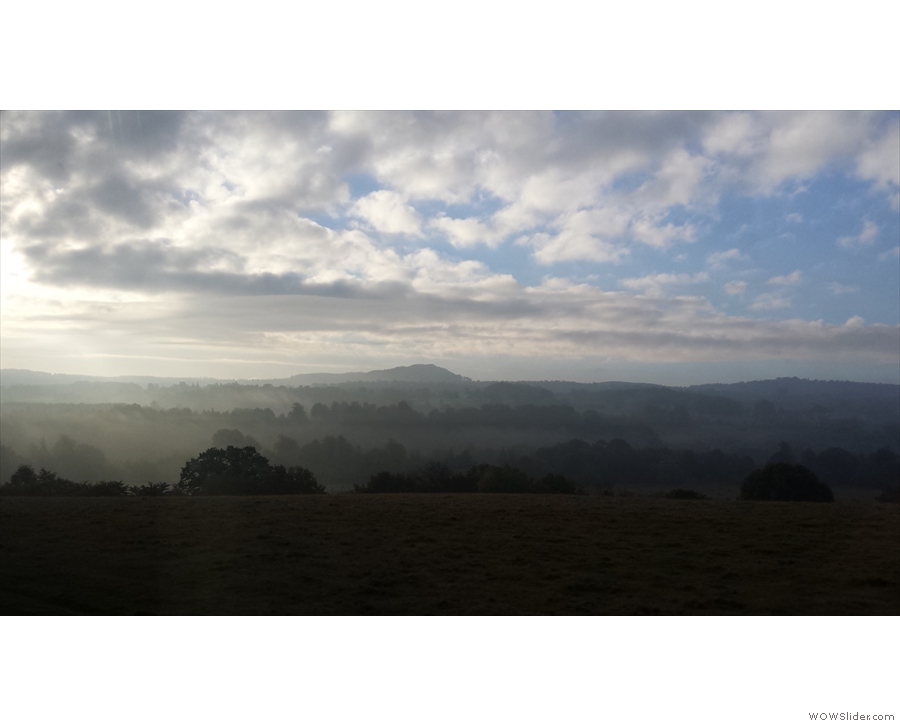
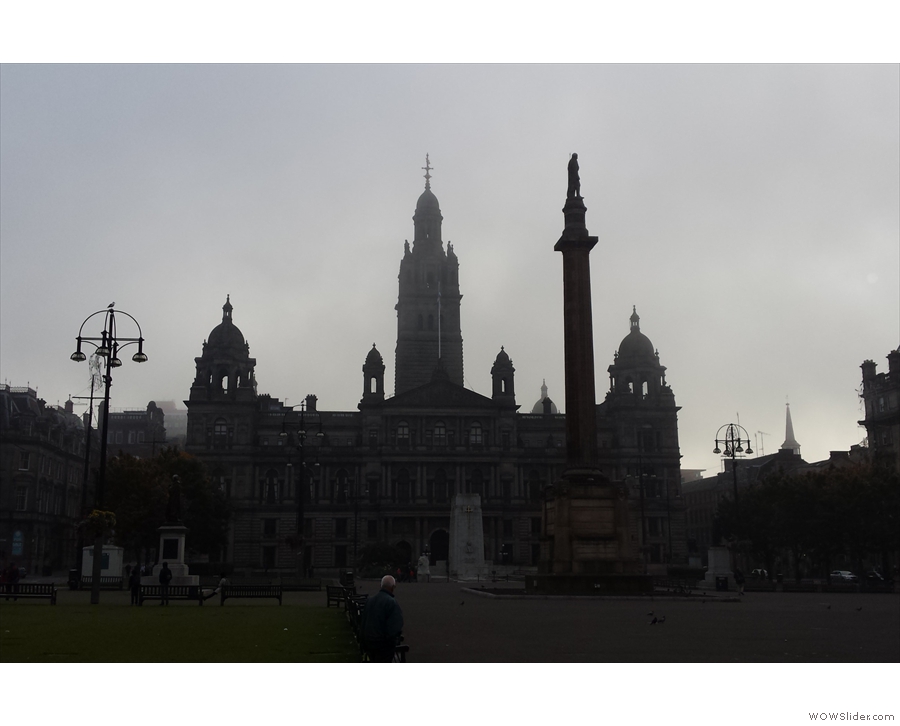
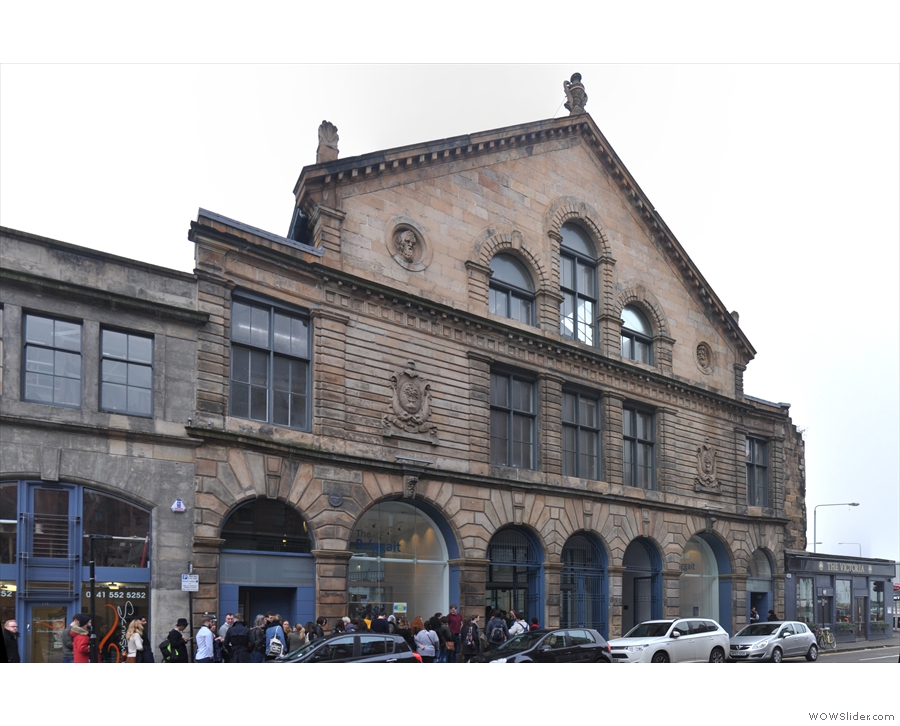
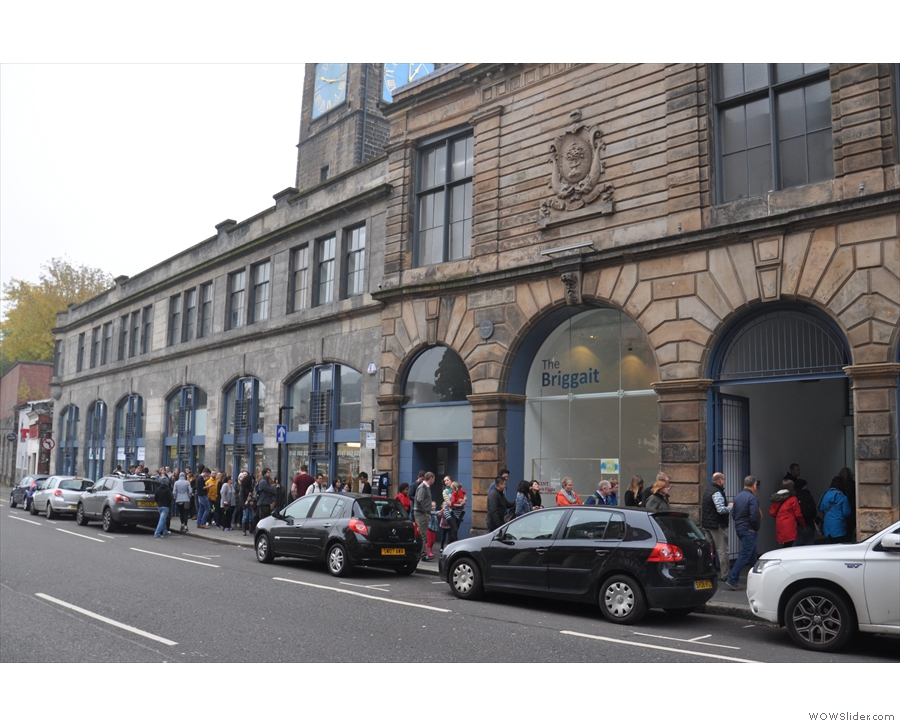
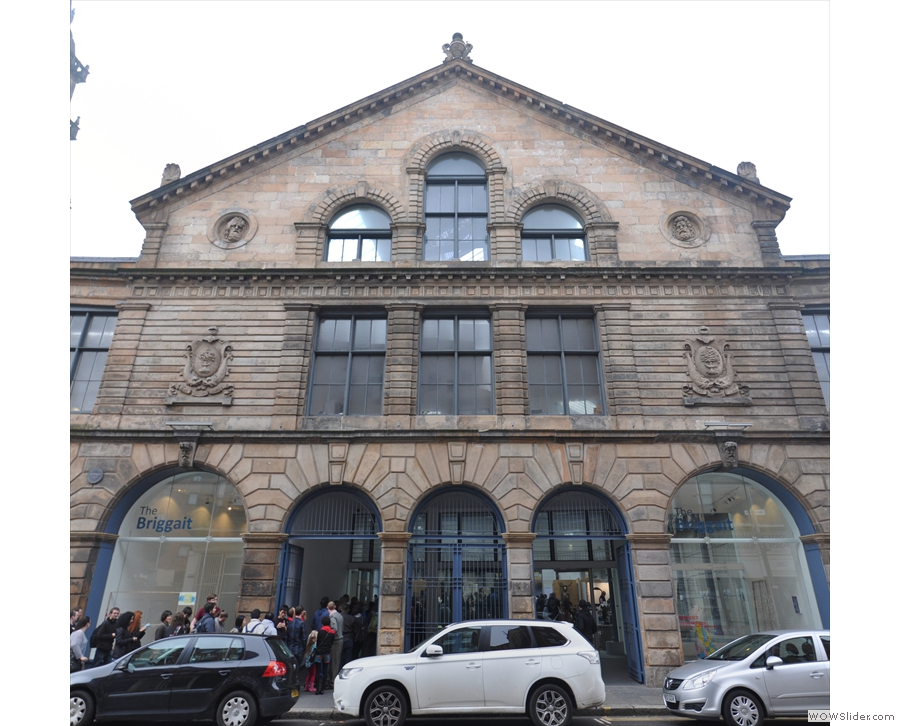
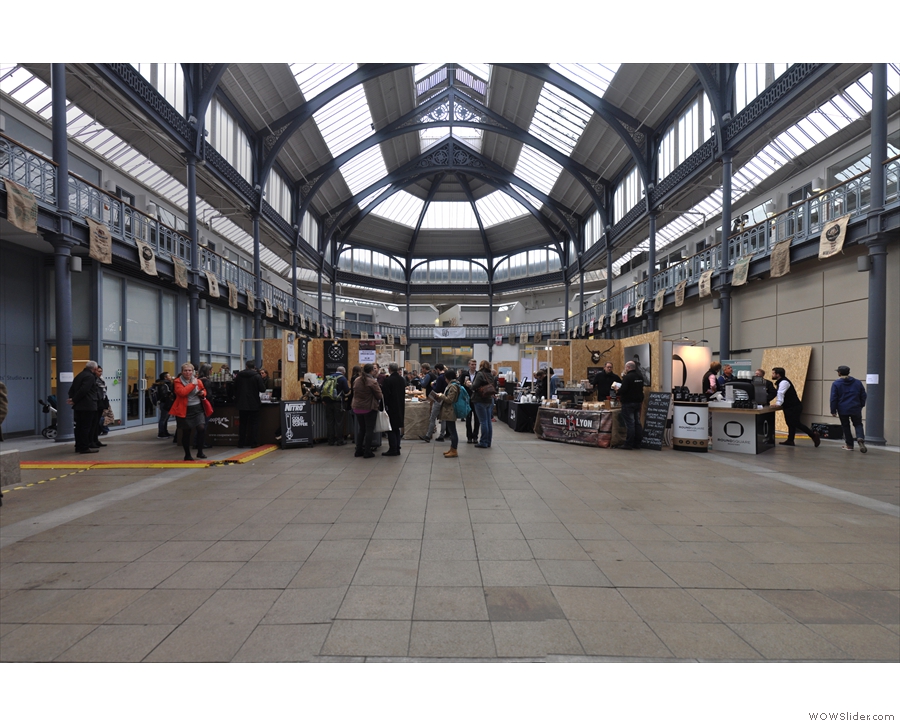
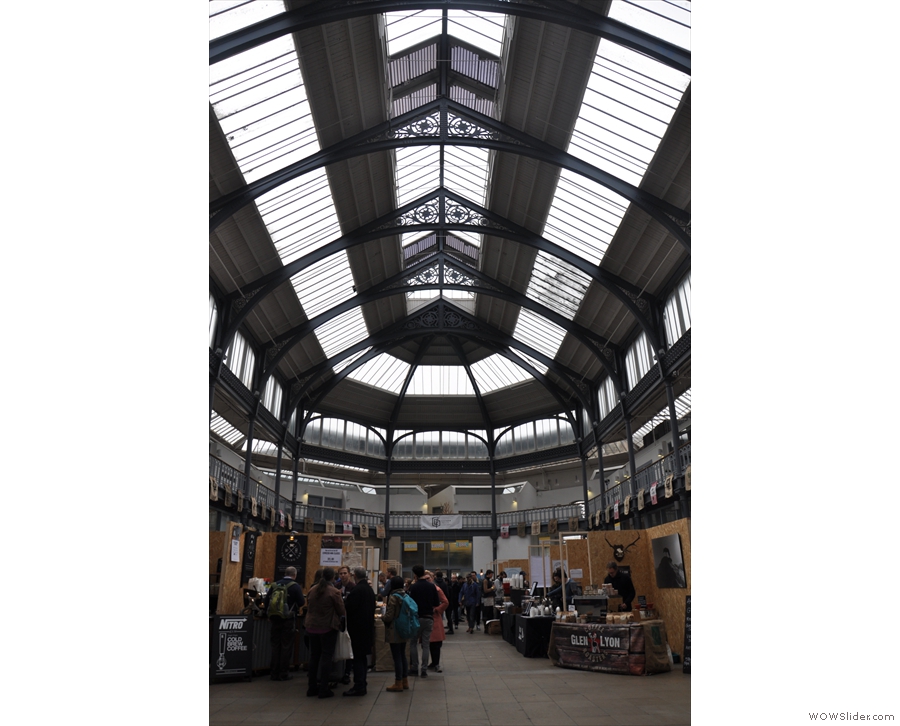
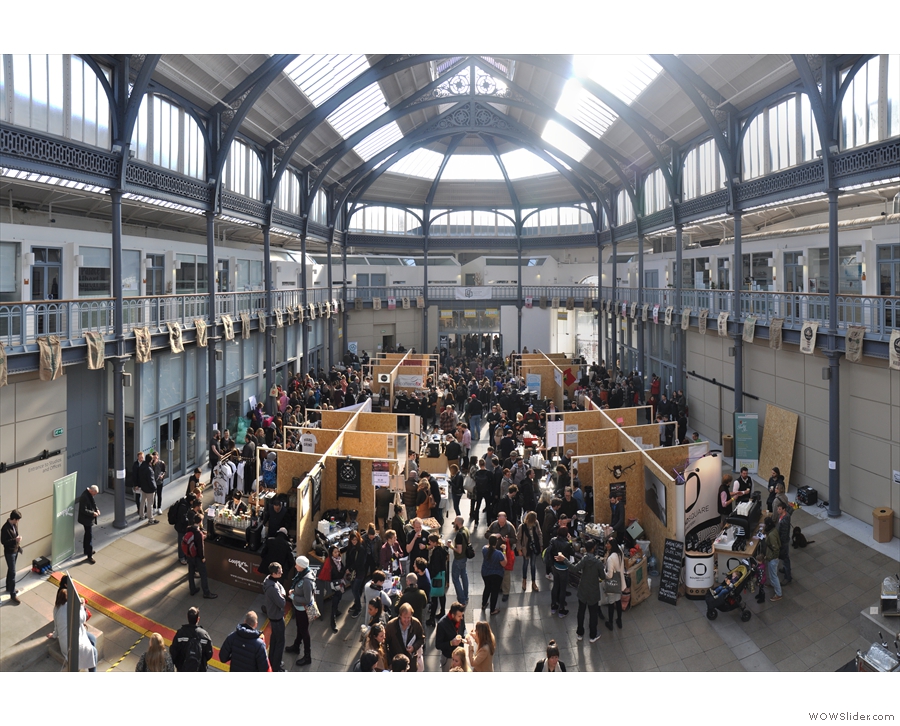
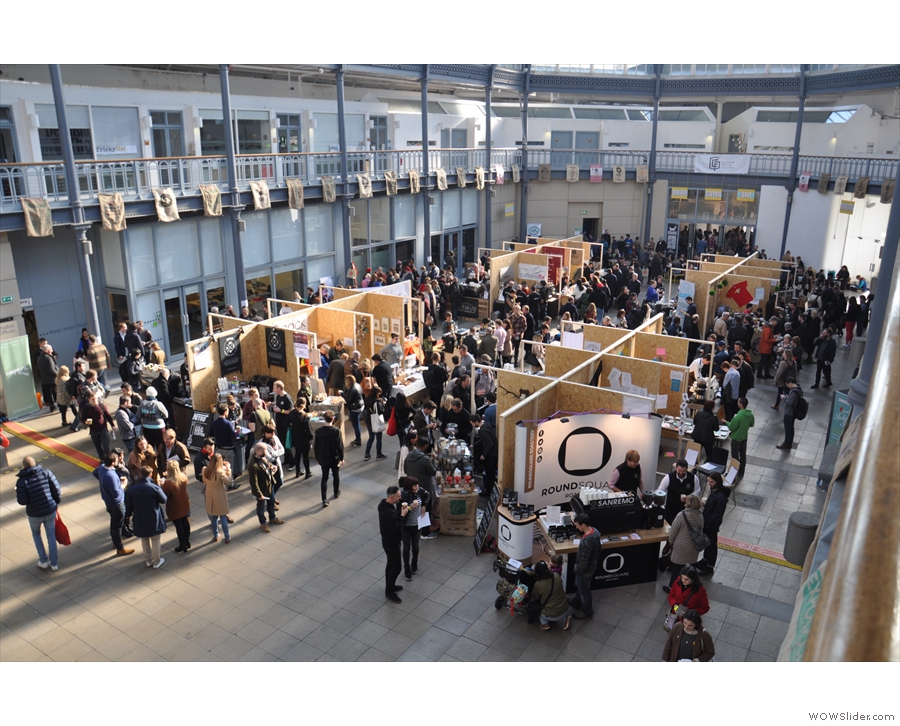
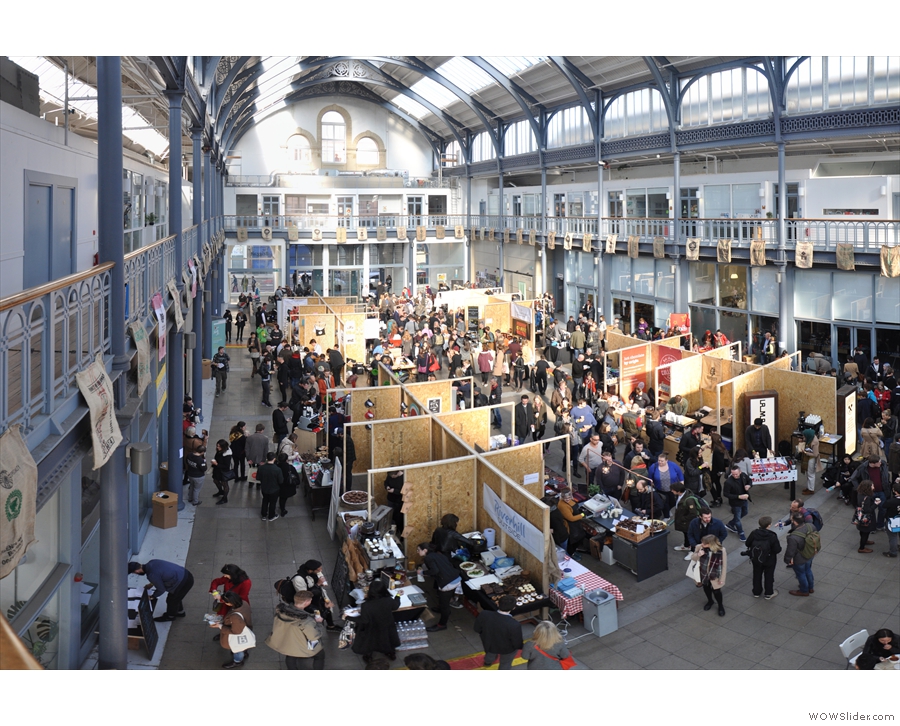
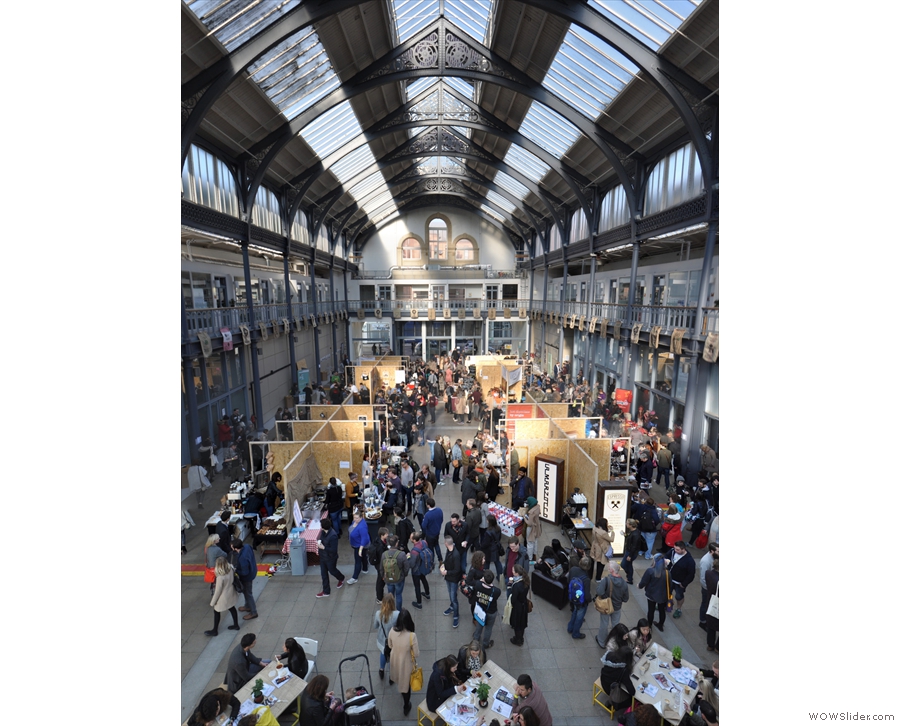
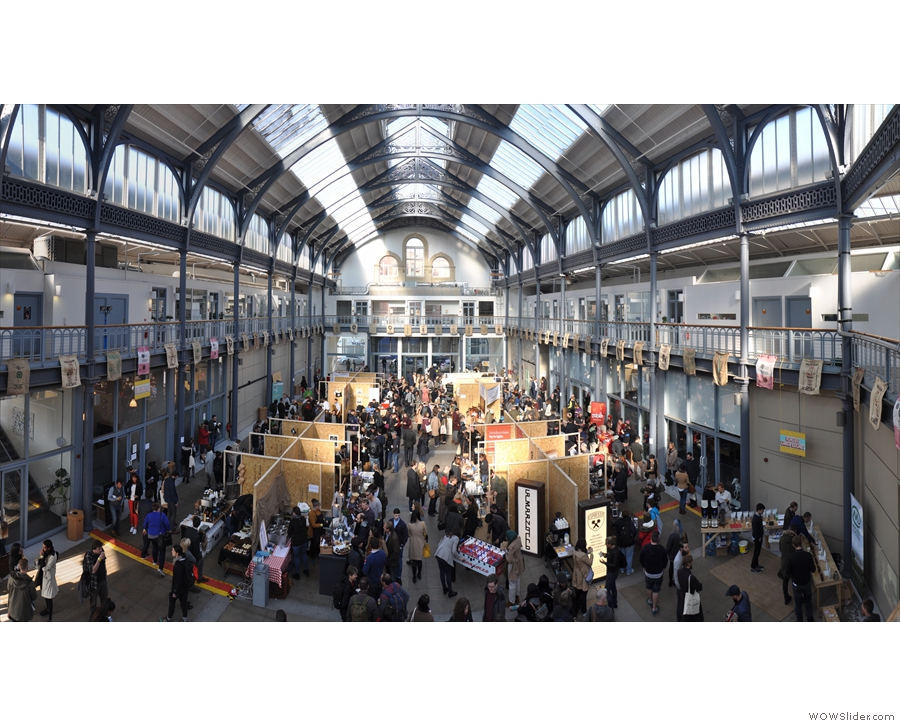
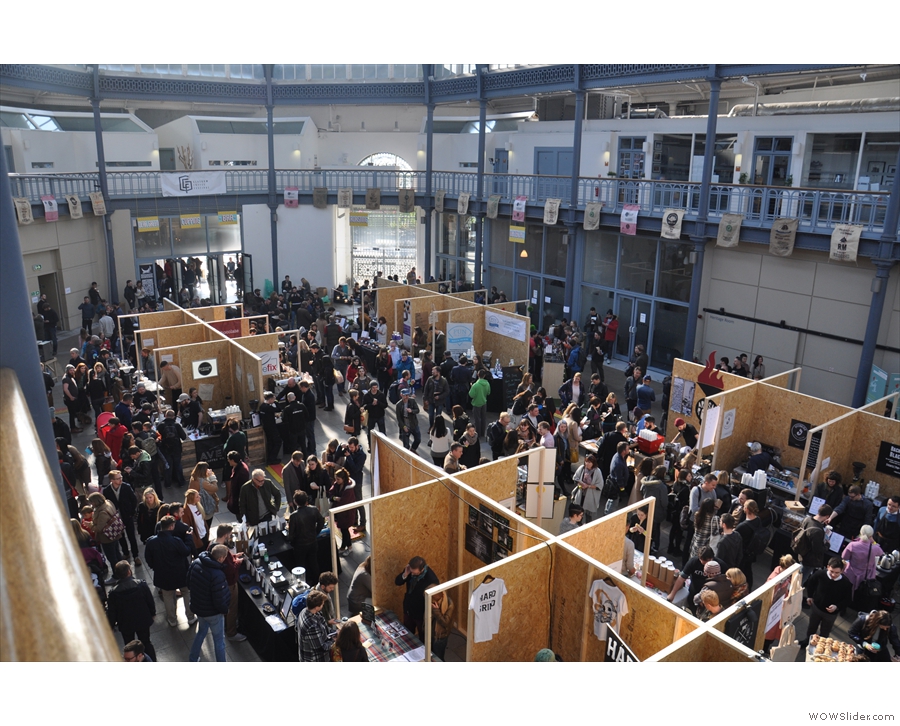
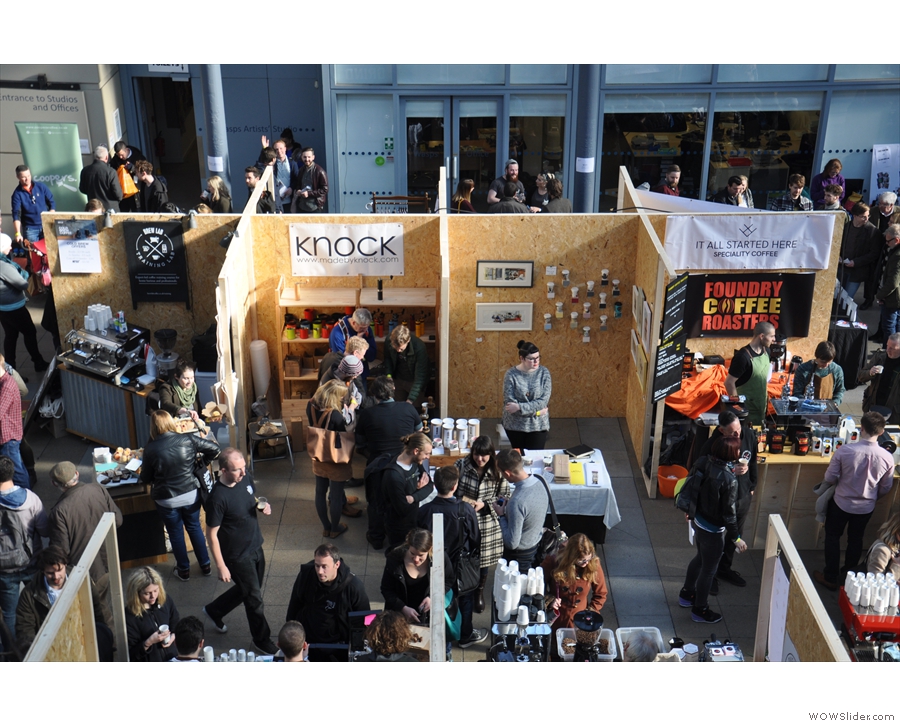
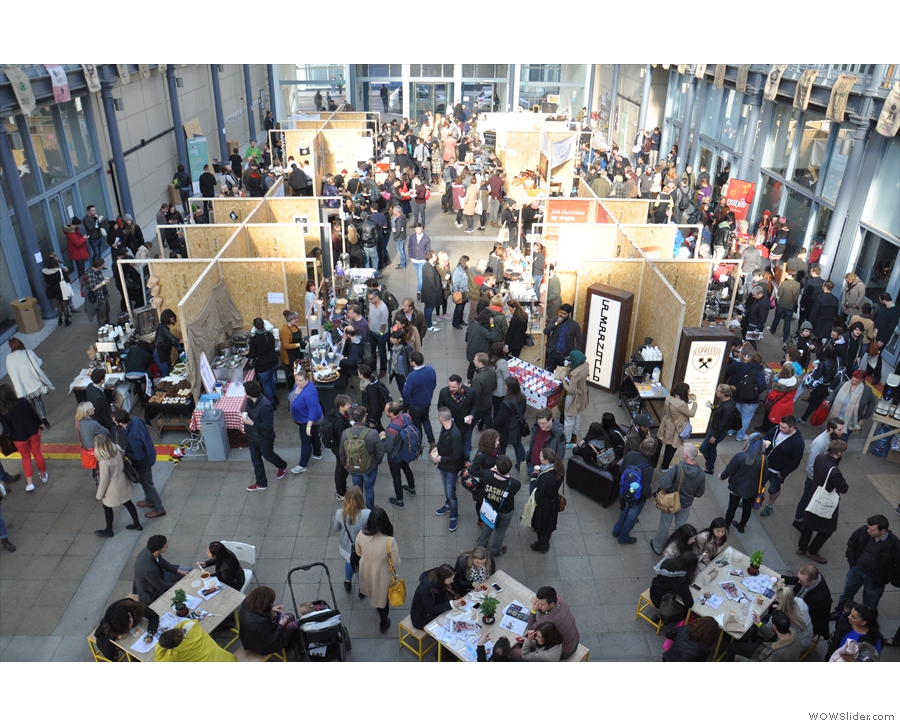
 1
1 2
2 3
3 4
4 5
5 6
6 7
7 8
8 9
9 10
10 11
11 12
12 13
13 14
14 15
15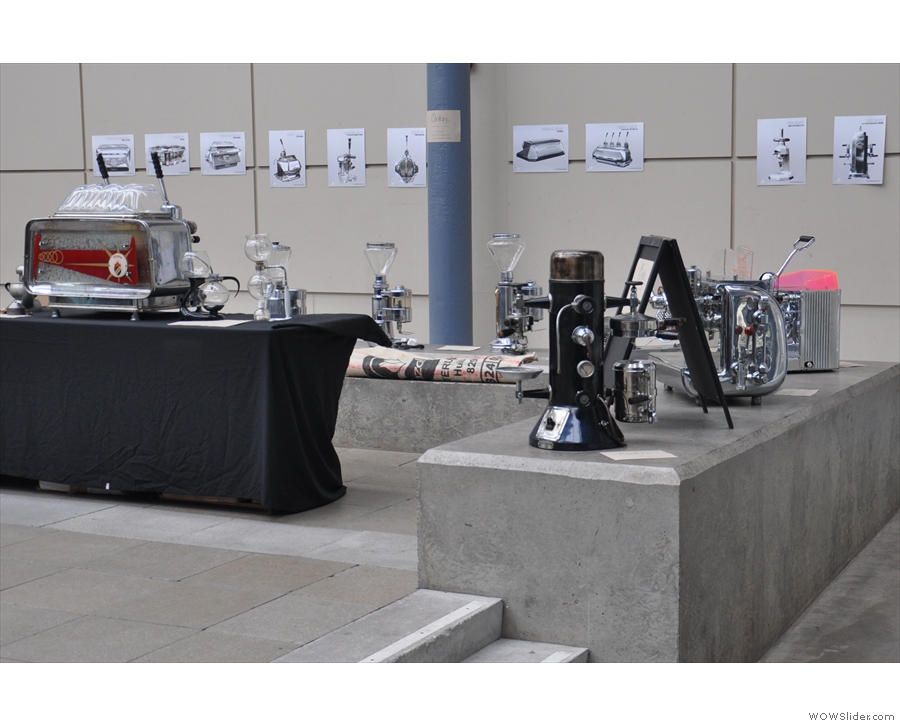
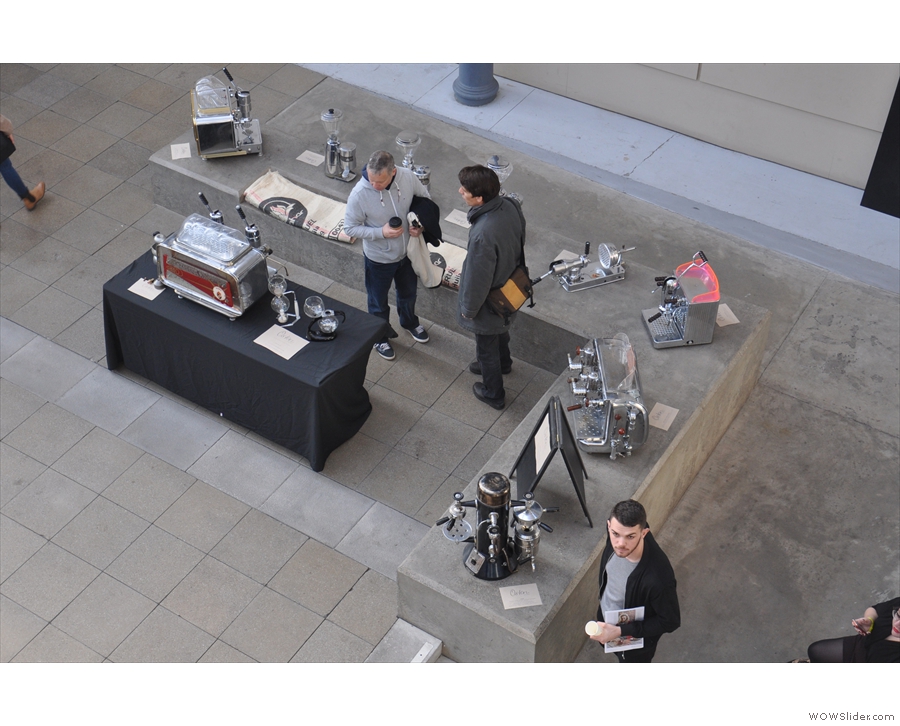
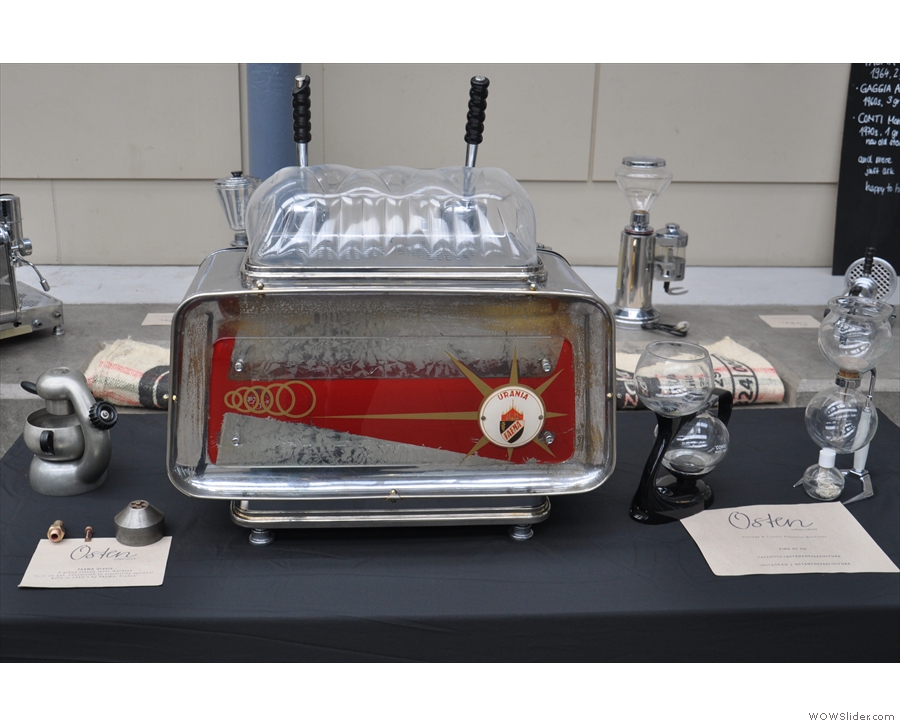
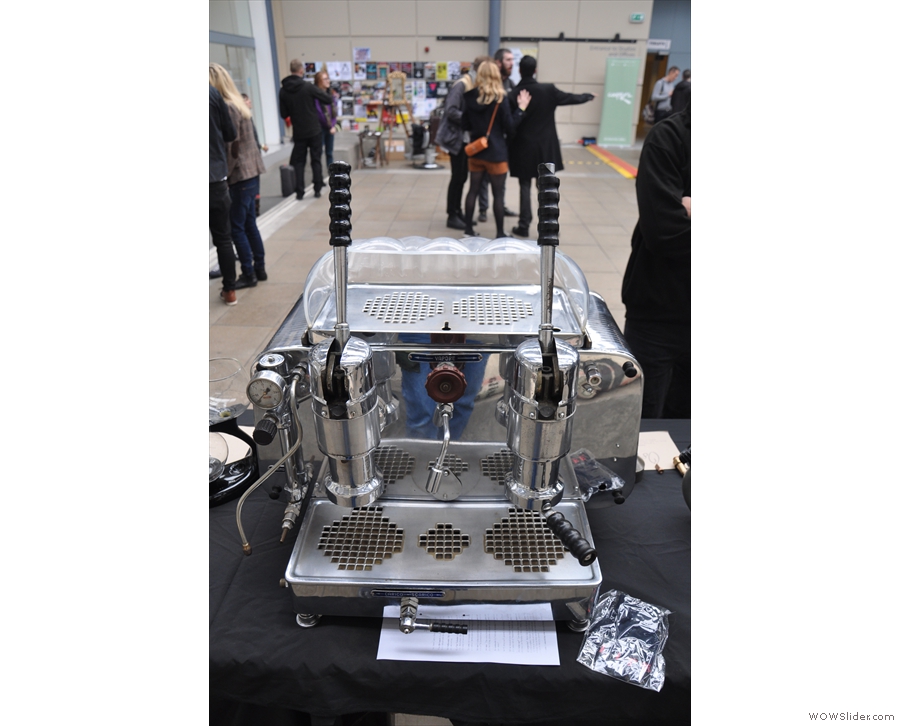
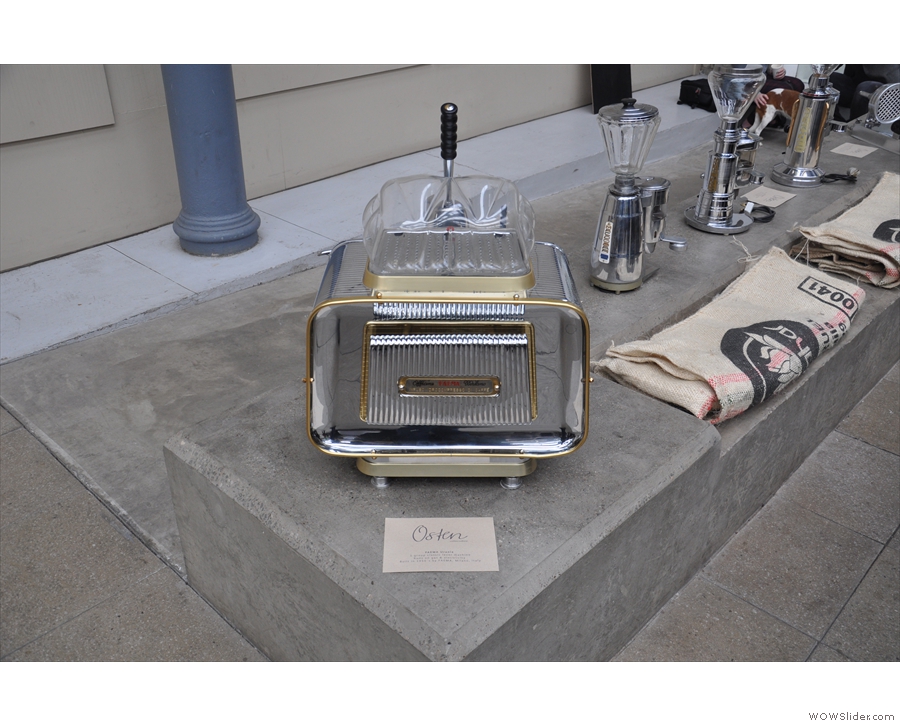
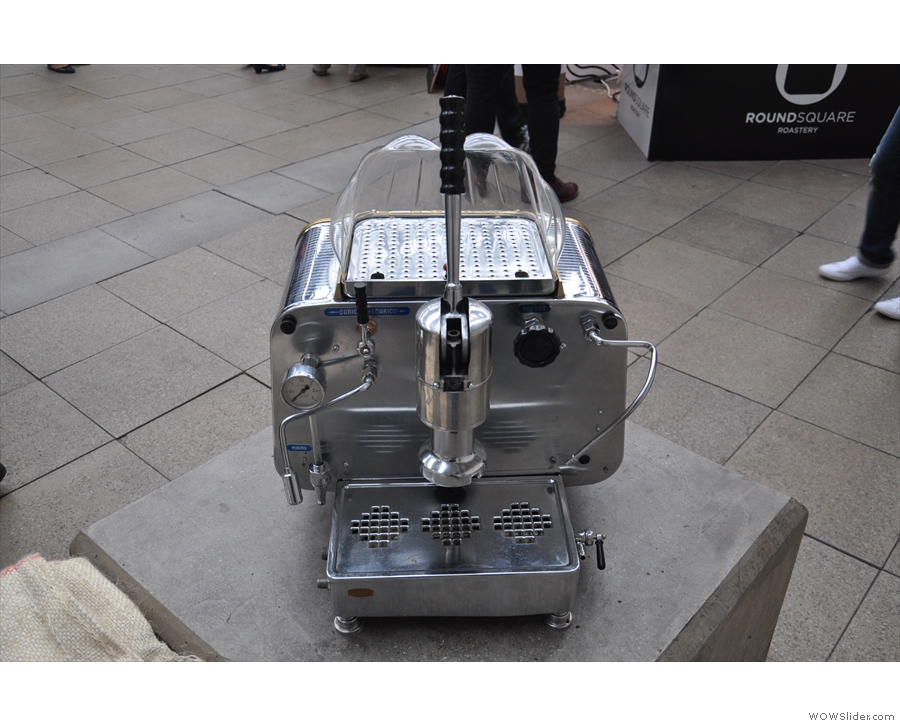
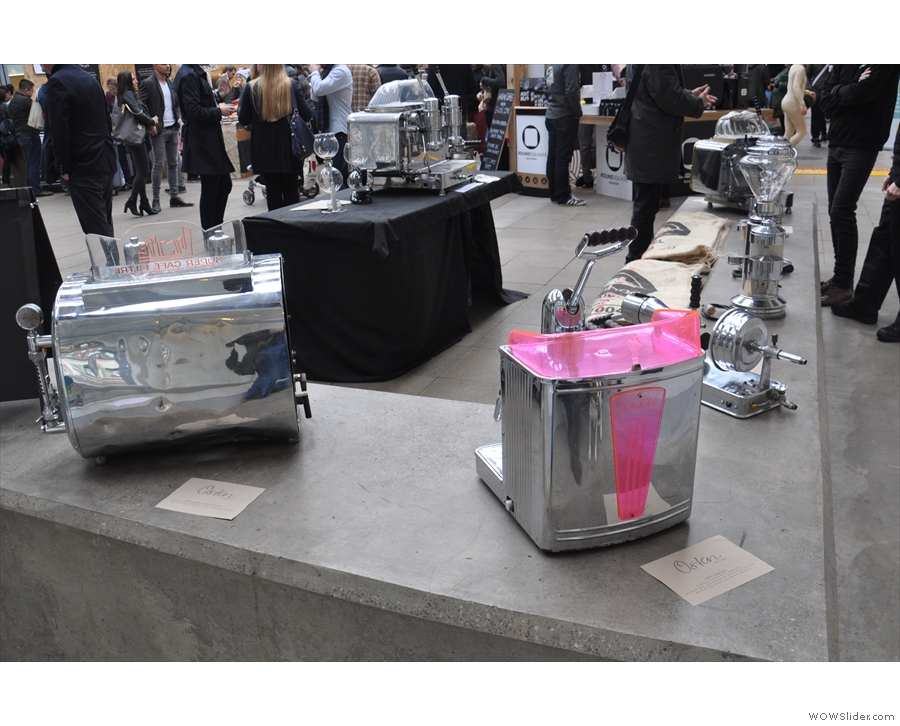
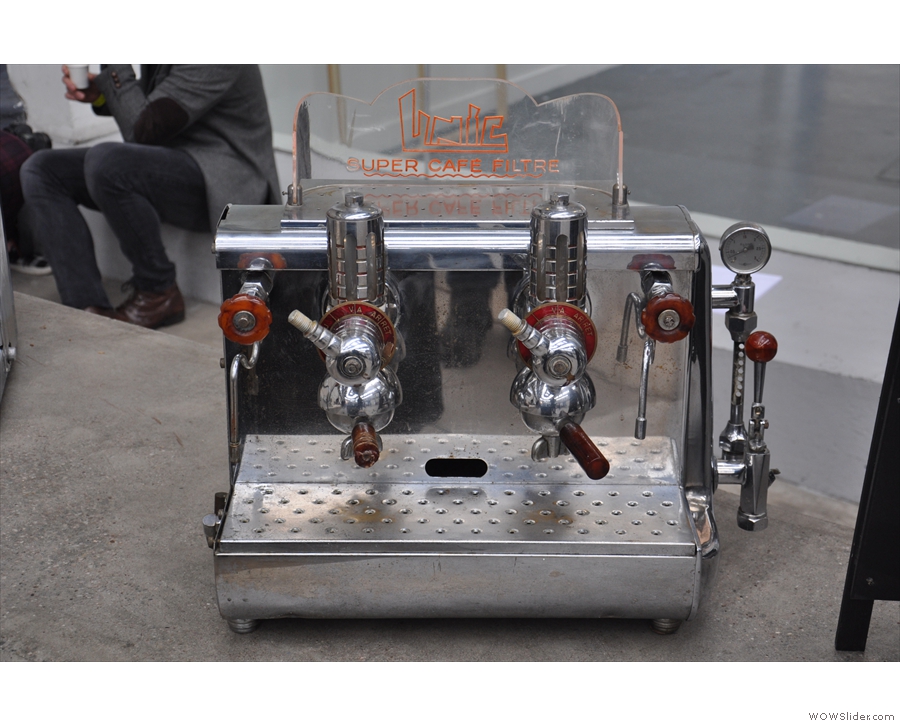
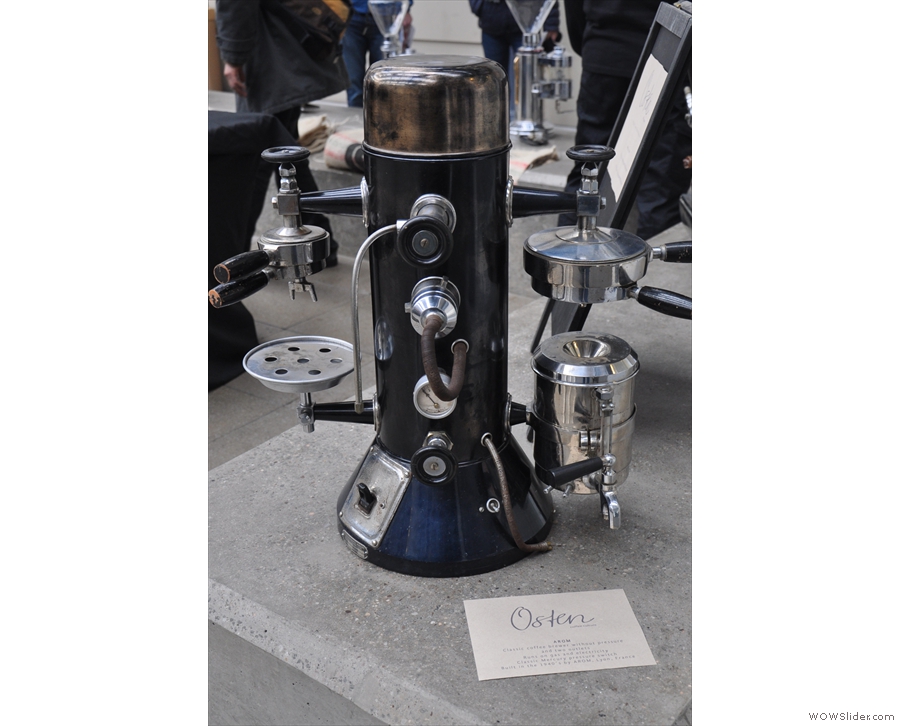
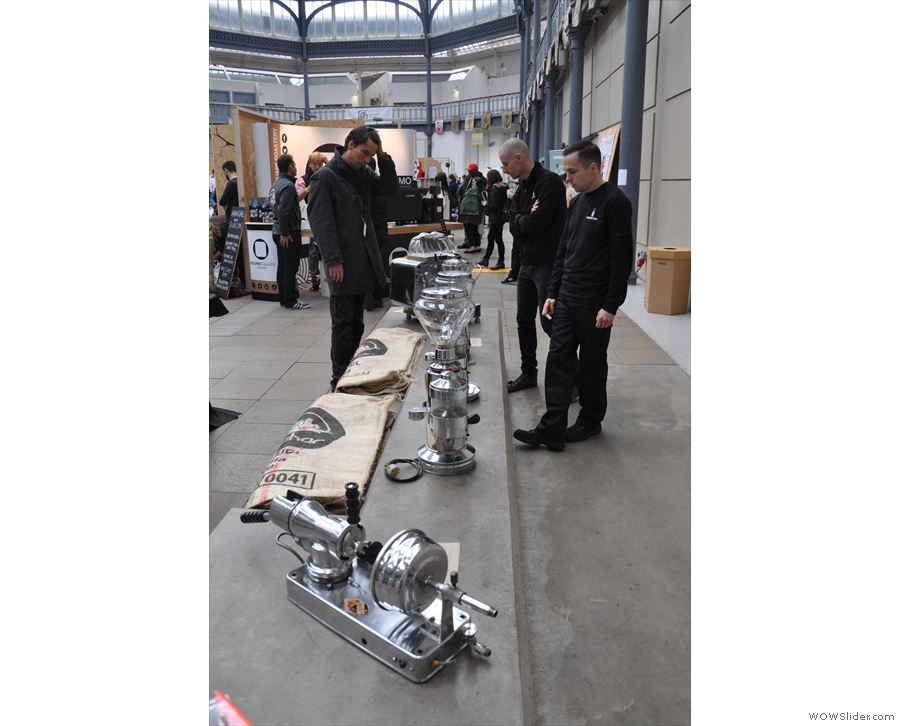
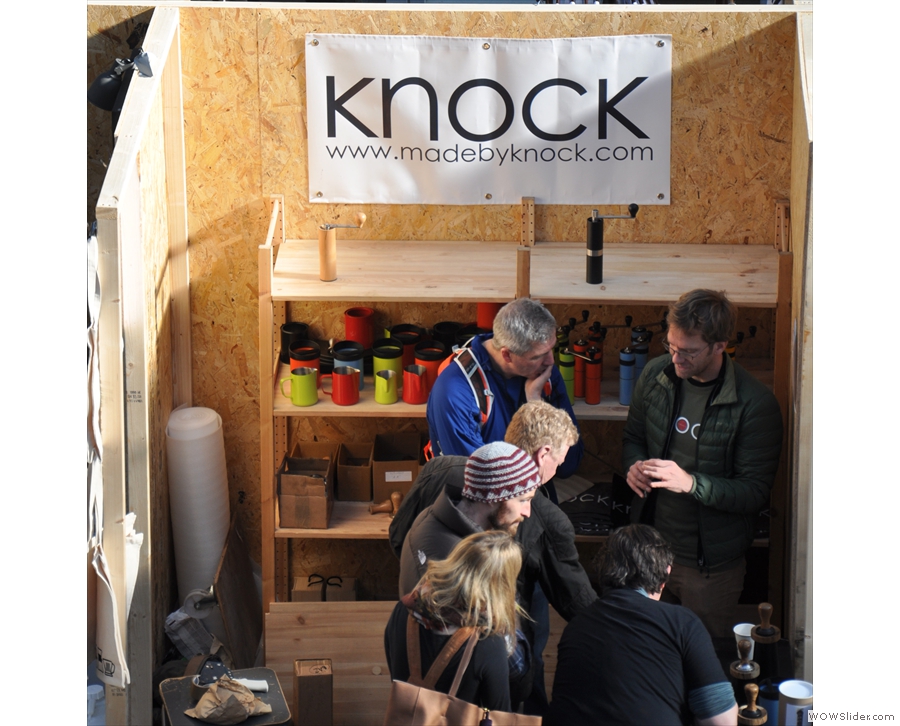
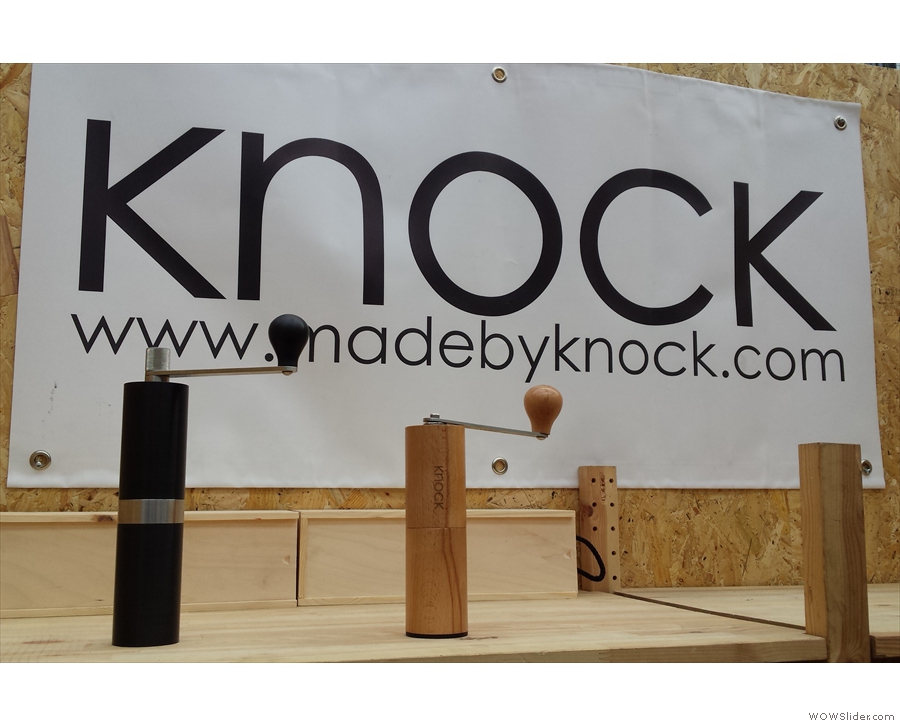
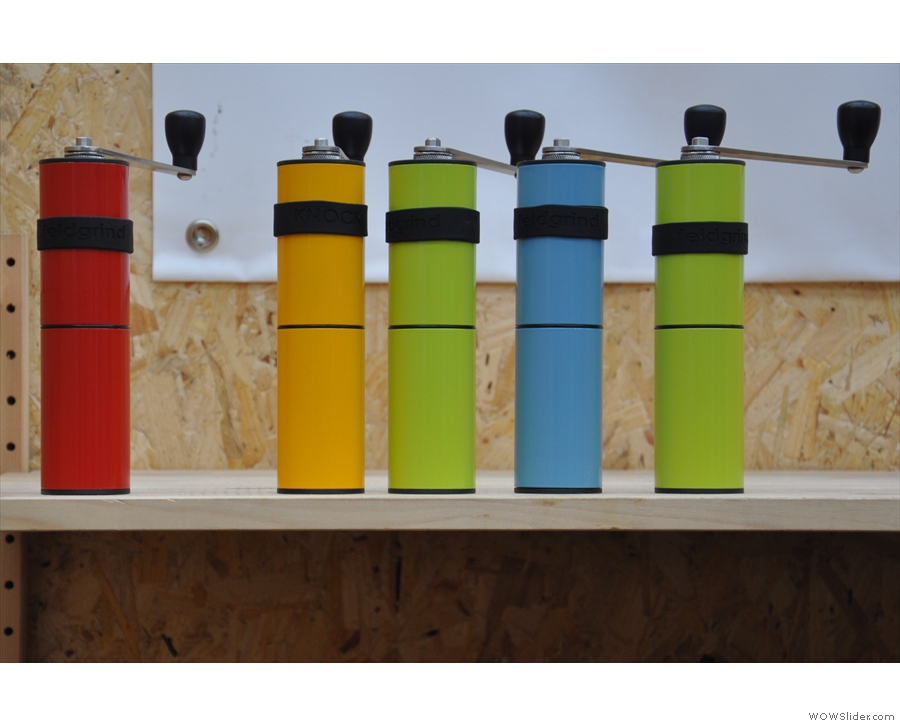
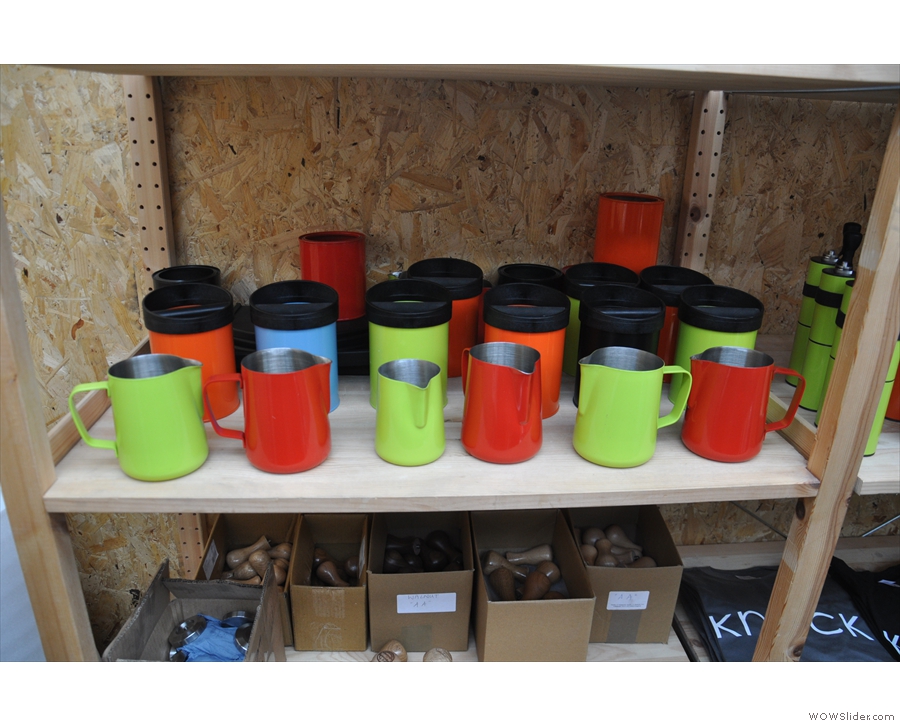
 1
1 2
2 3
3 4
4 5
5 6
6 7
7 8
8 9
9 10
10 11
11 12
12 13
13 14
14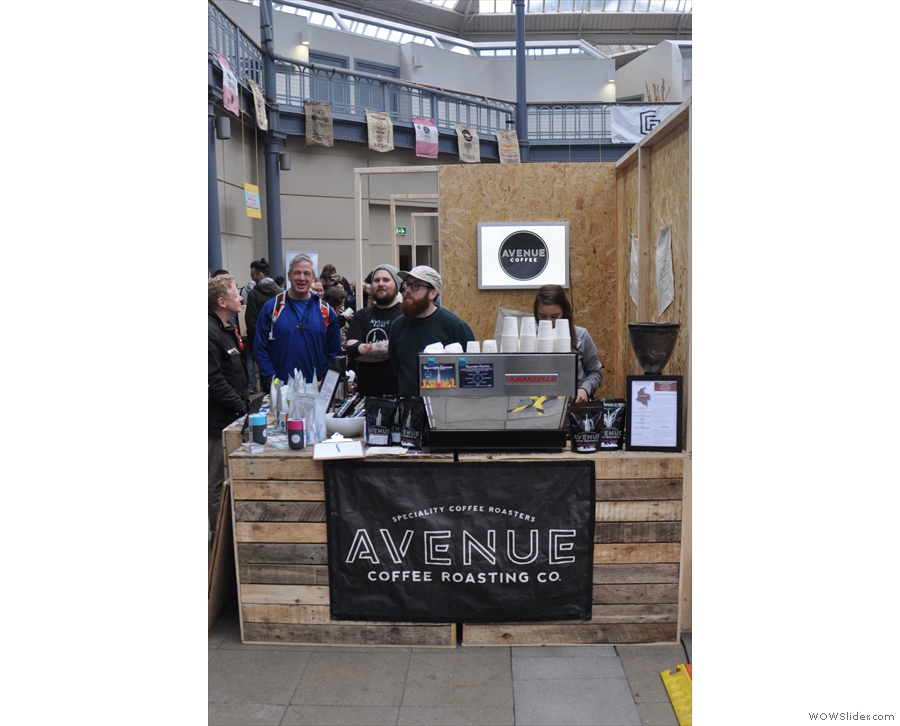
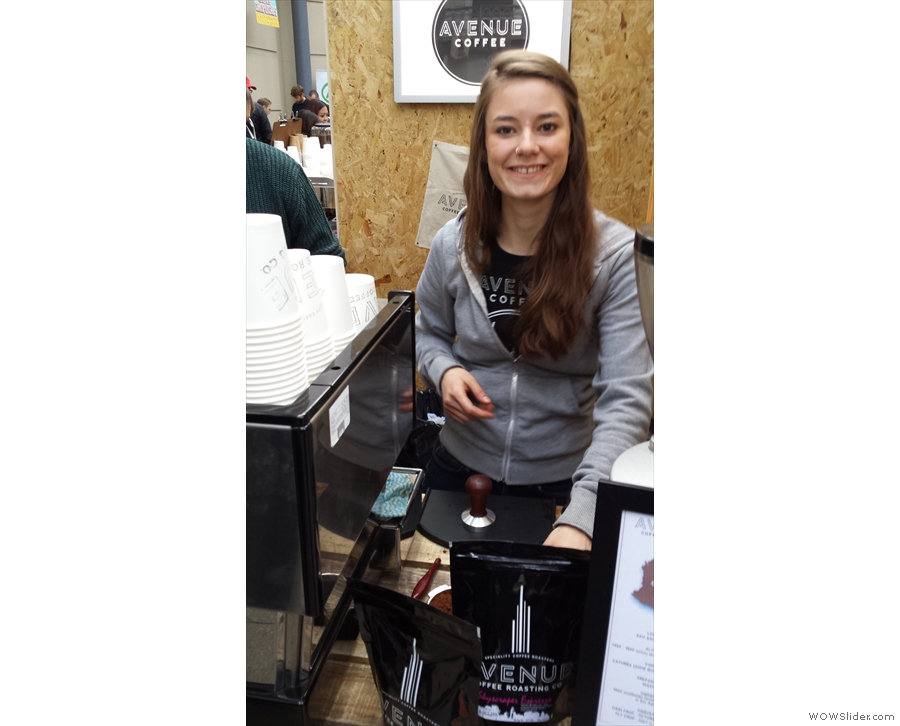
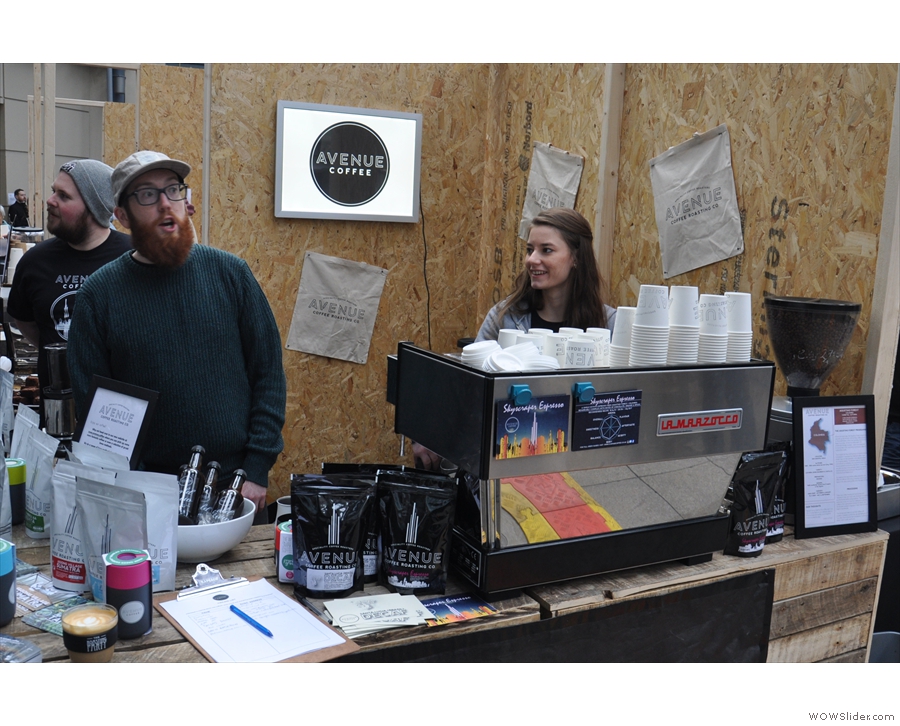
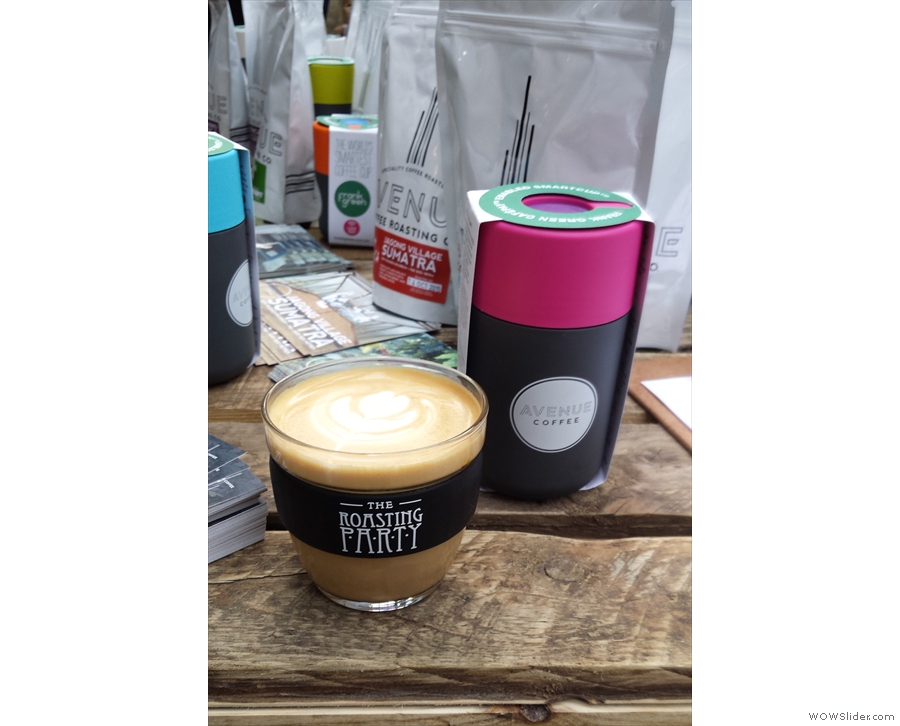
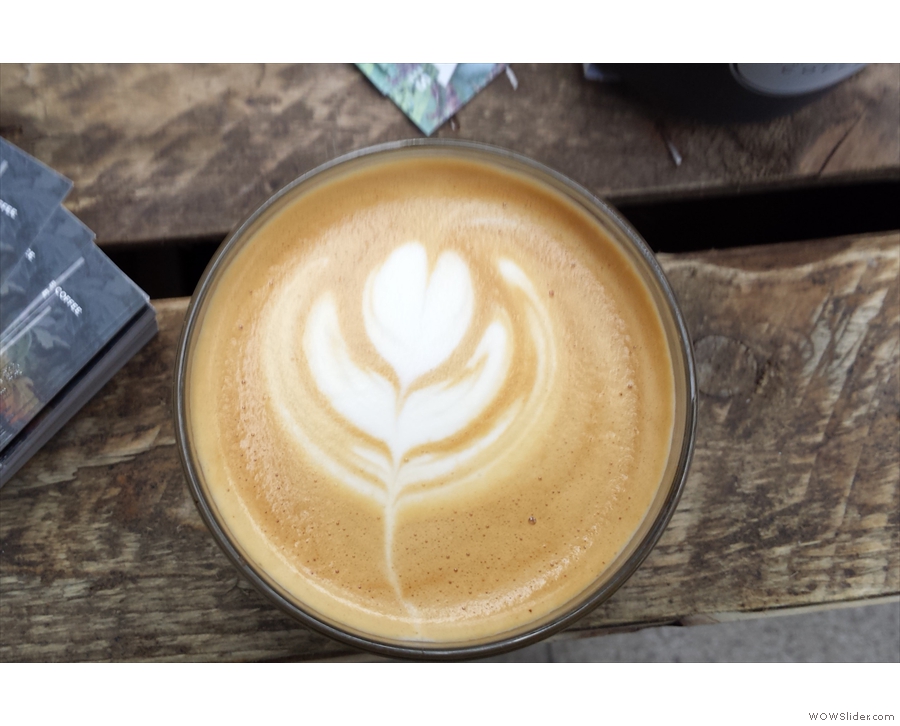
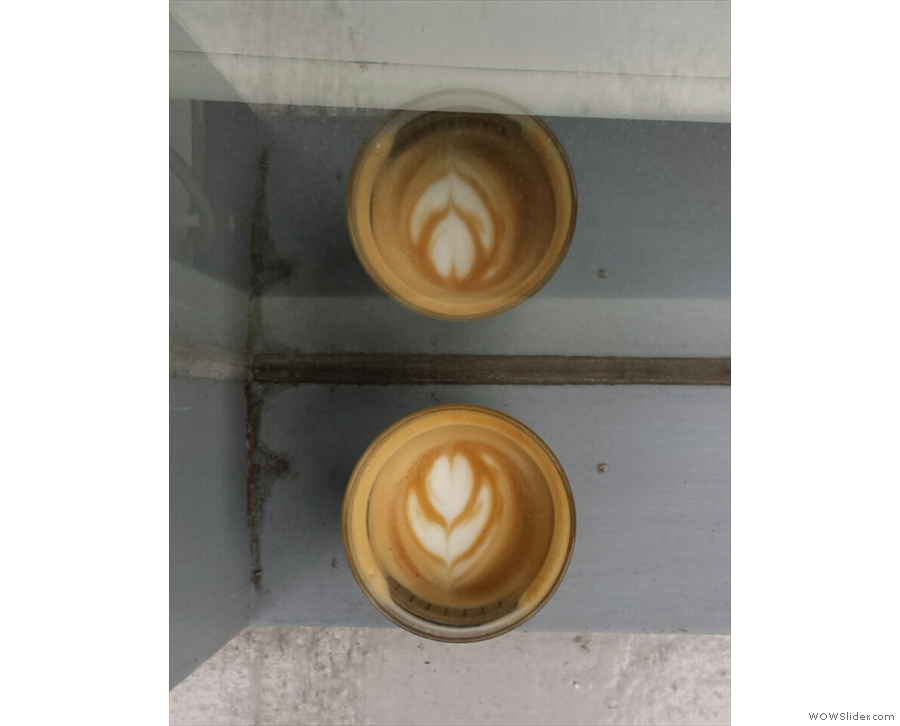
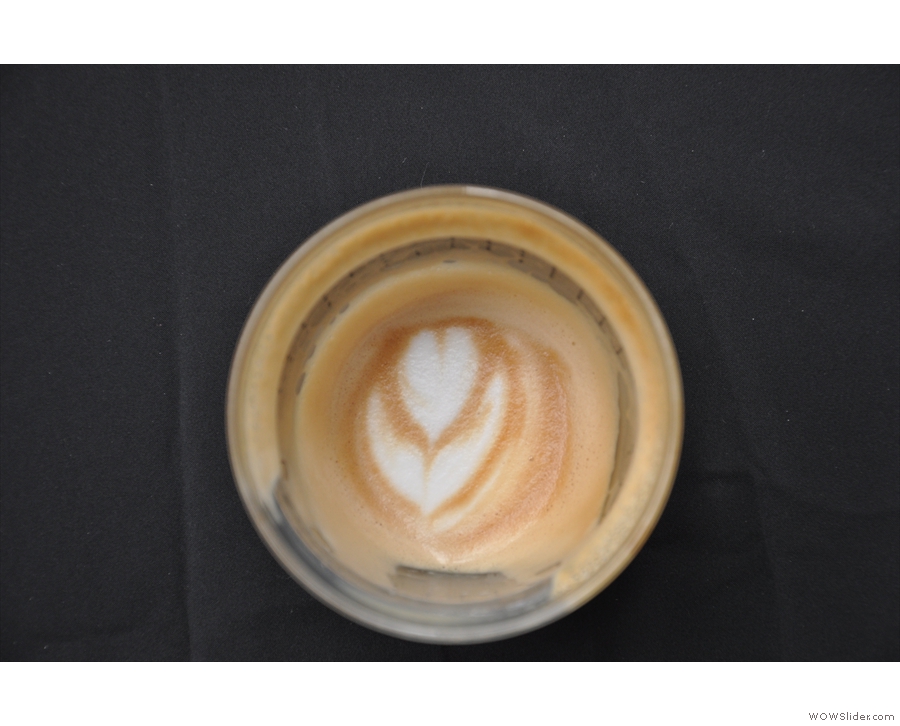
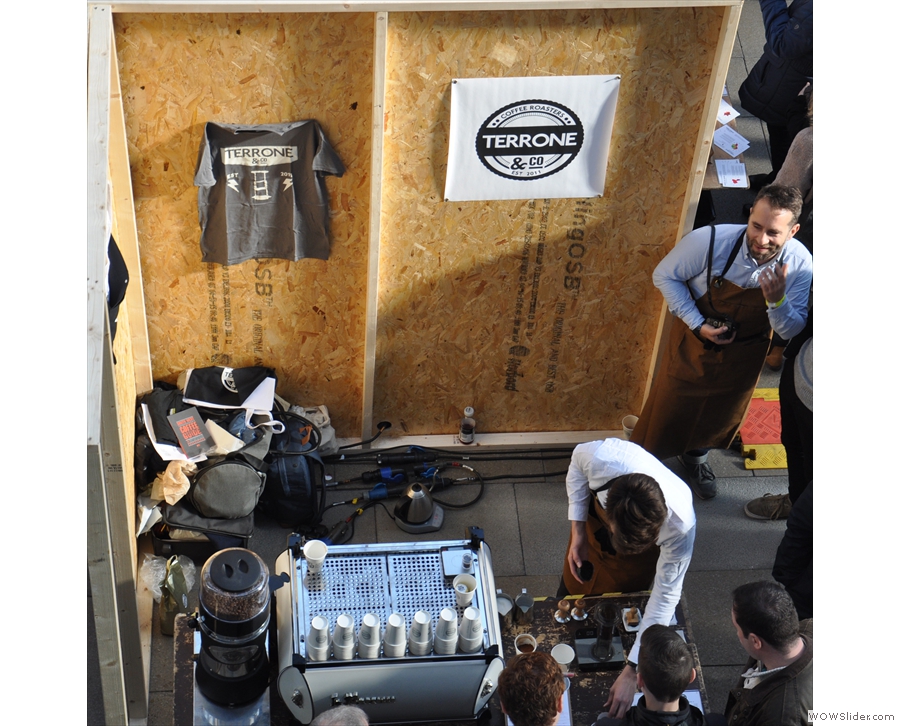
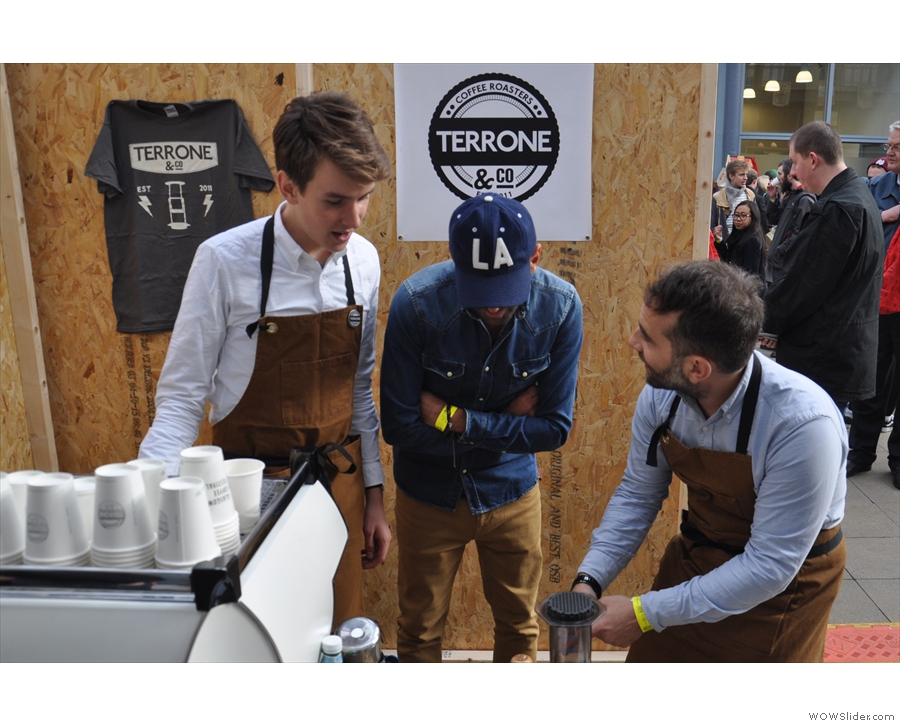
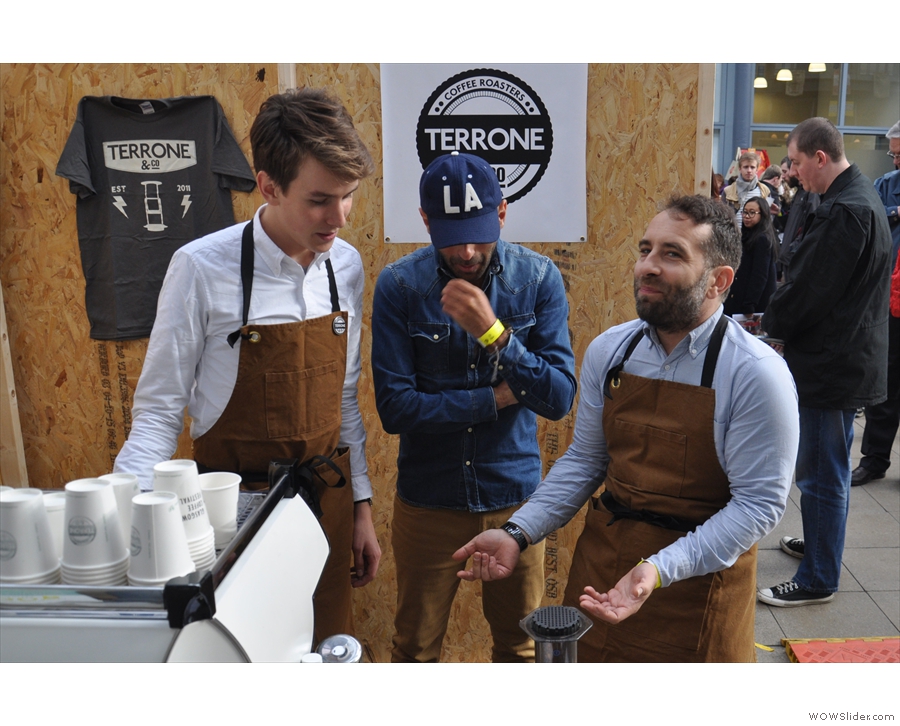
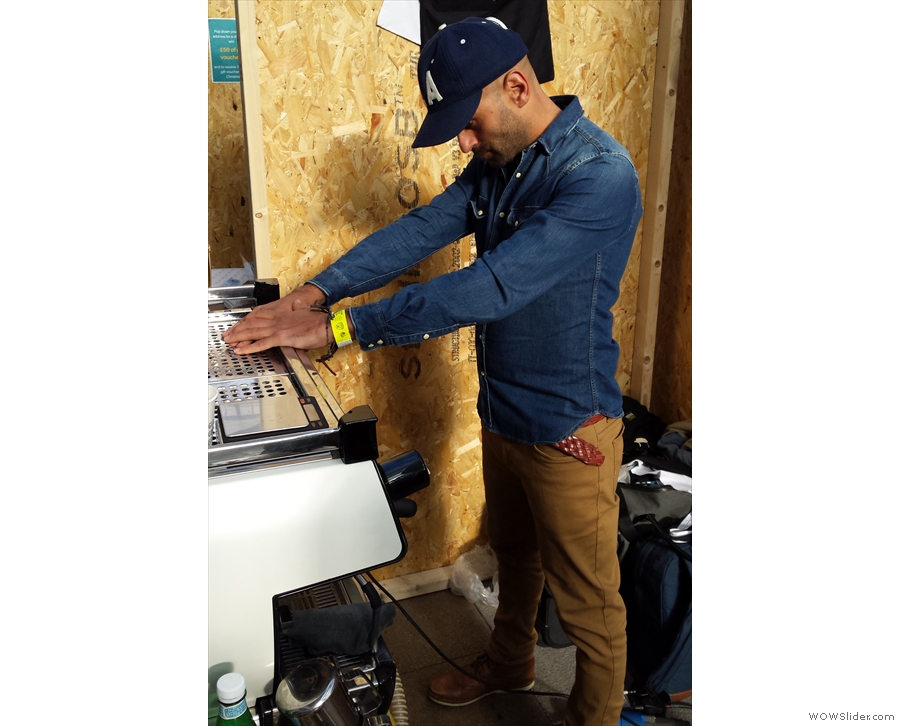
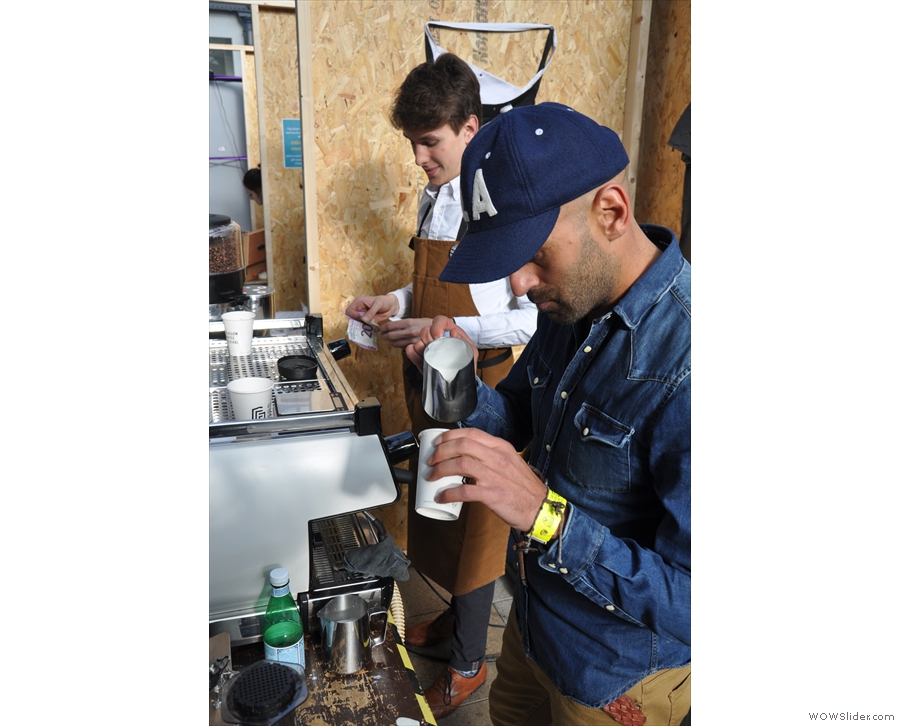
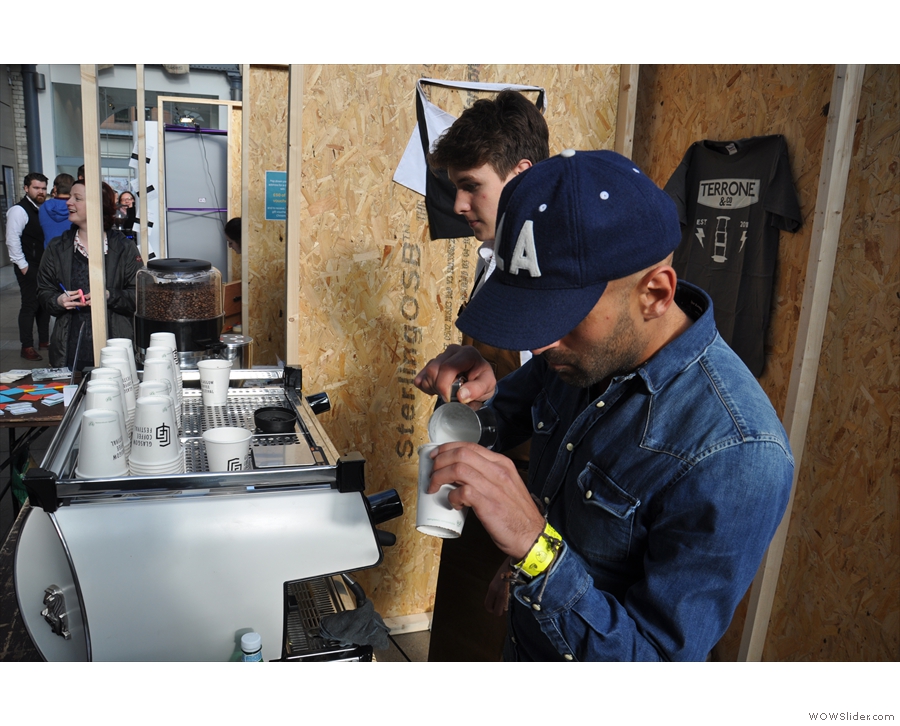
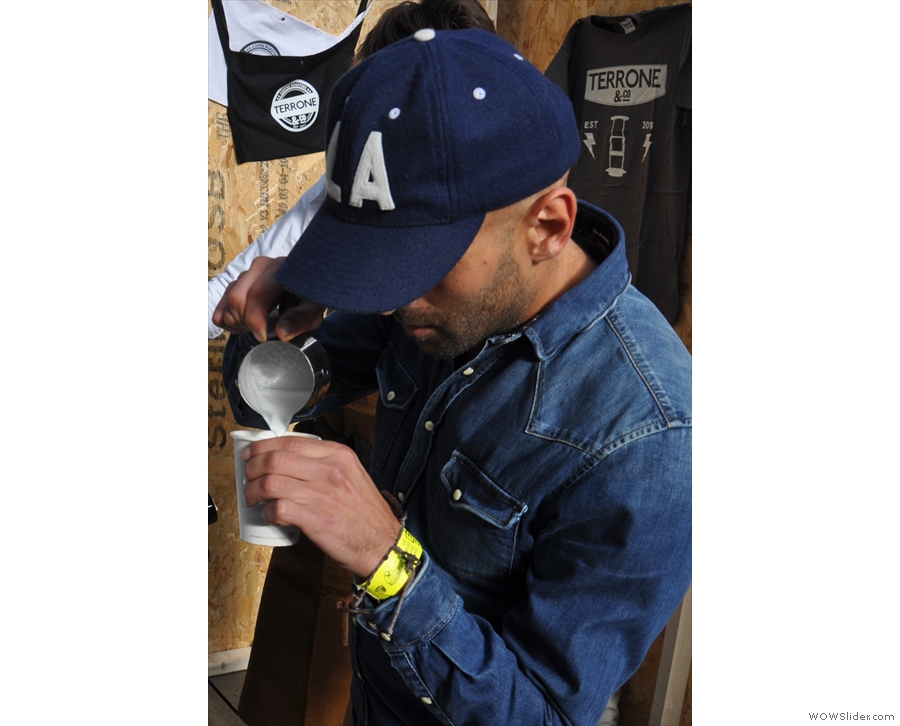
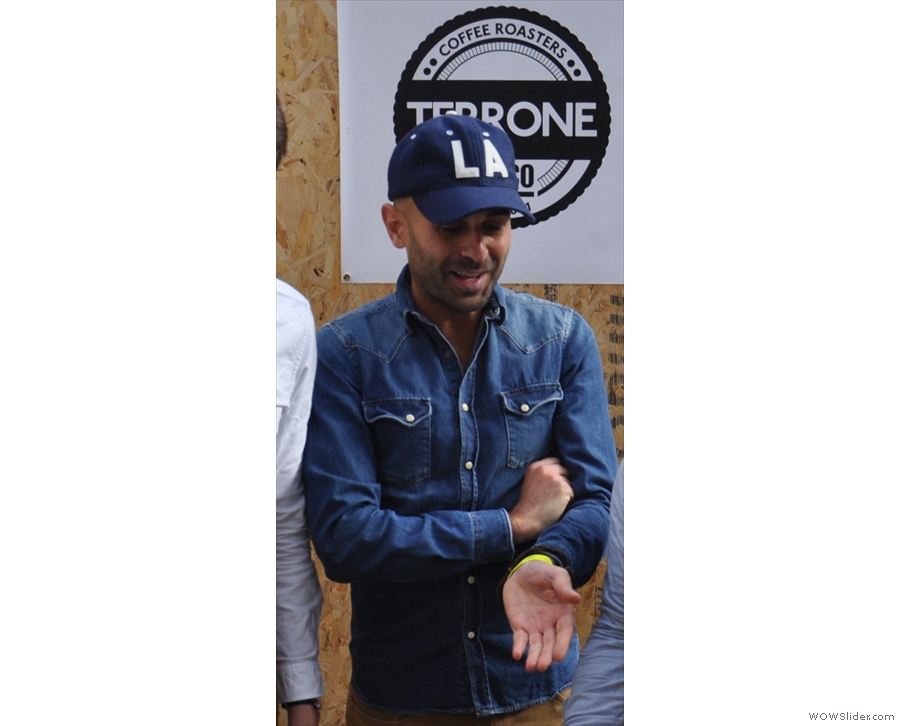
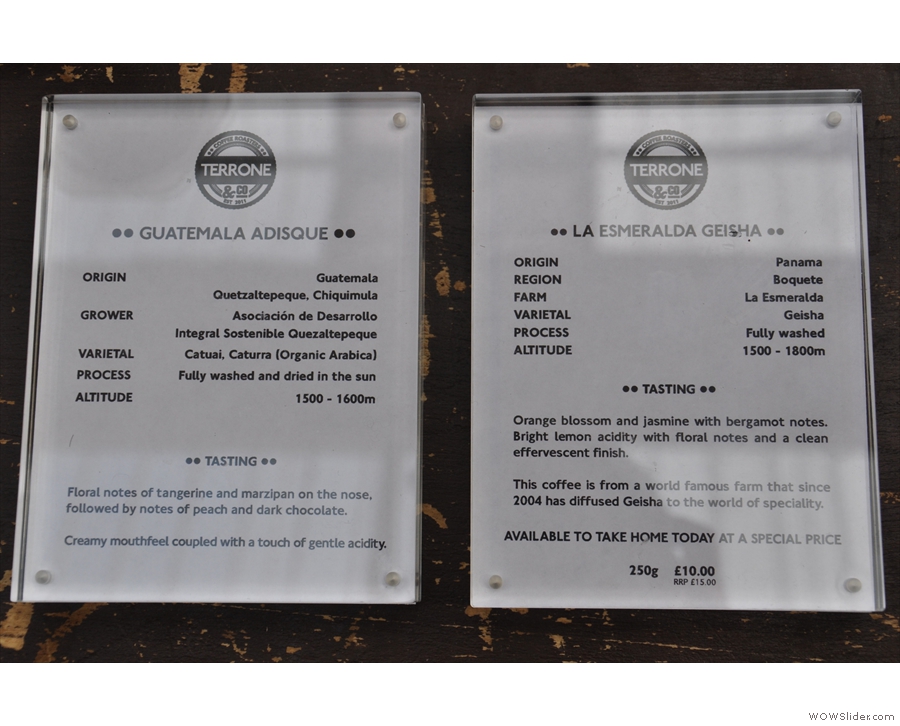
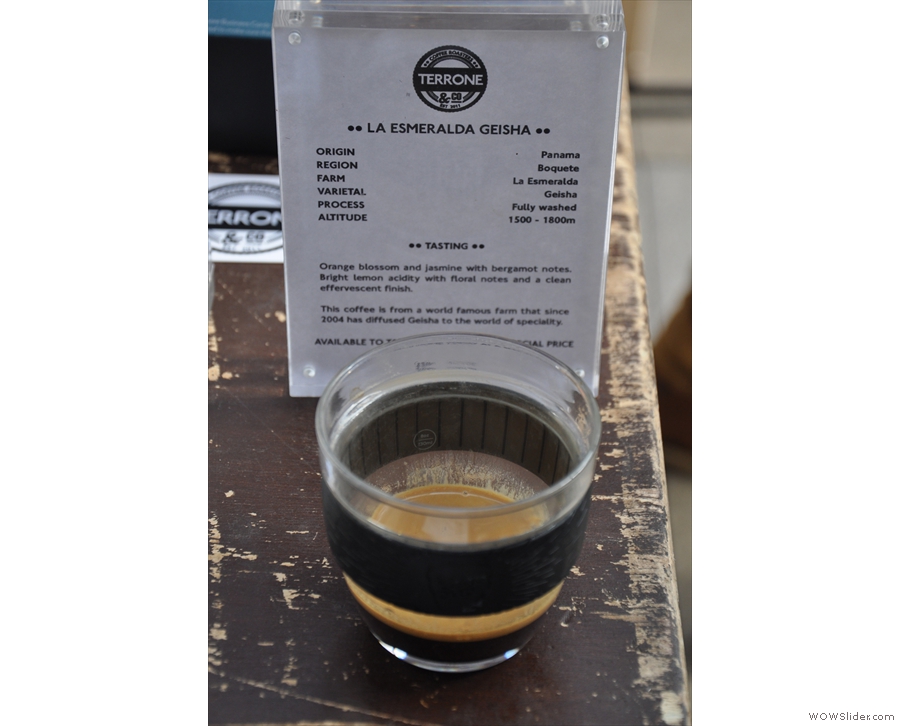
 1
1 2
2 3
3 4
4 5
5 6
6 7
7 8
8 9
9 10
10 11
11 12
12 13
13 14
14 15
15 16
16 17
17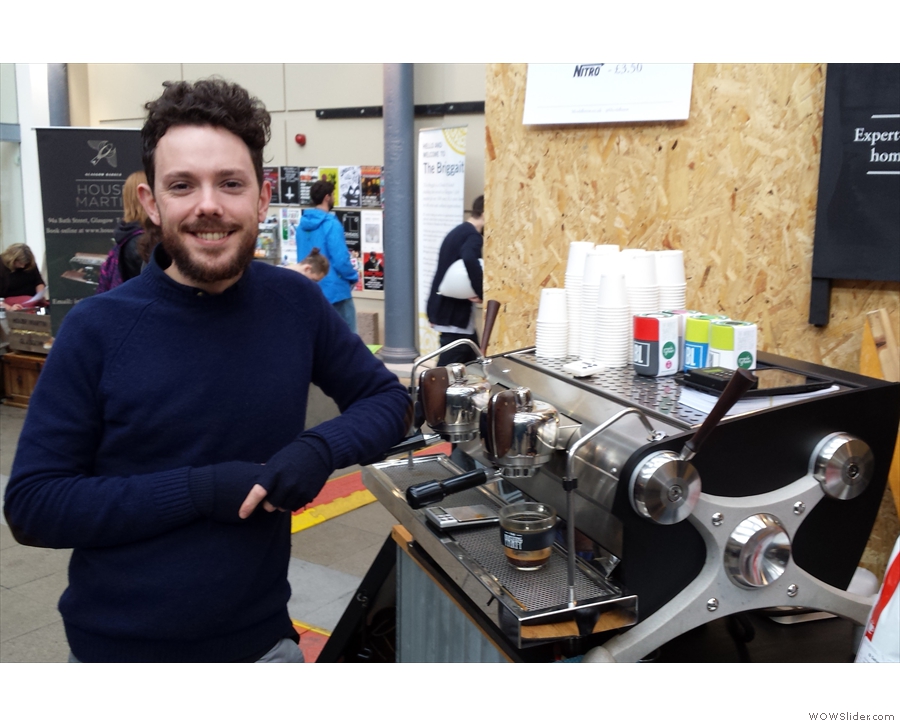
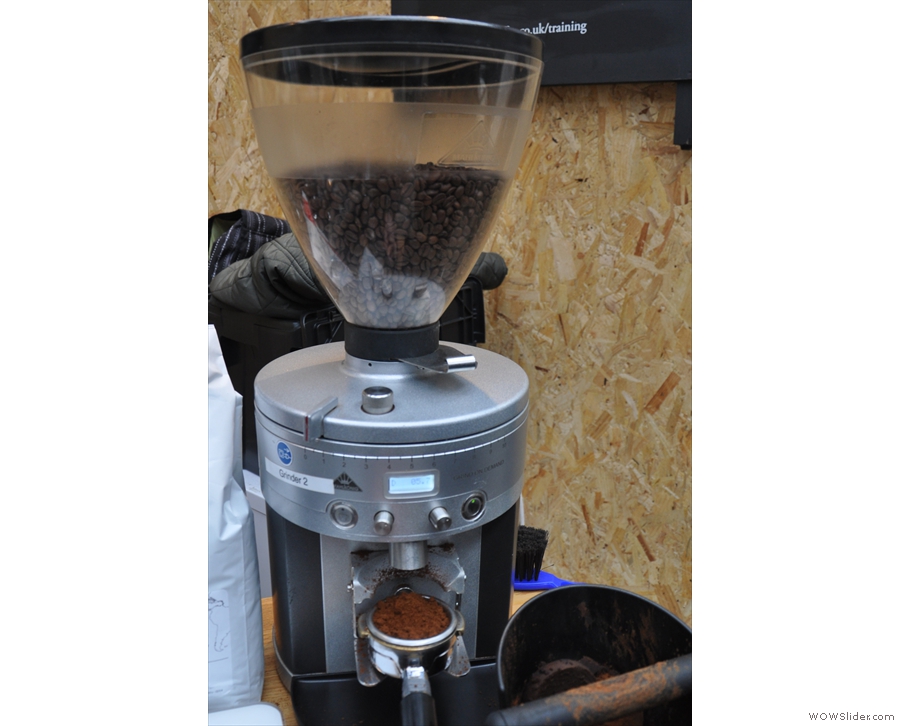
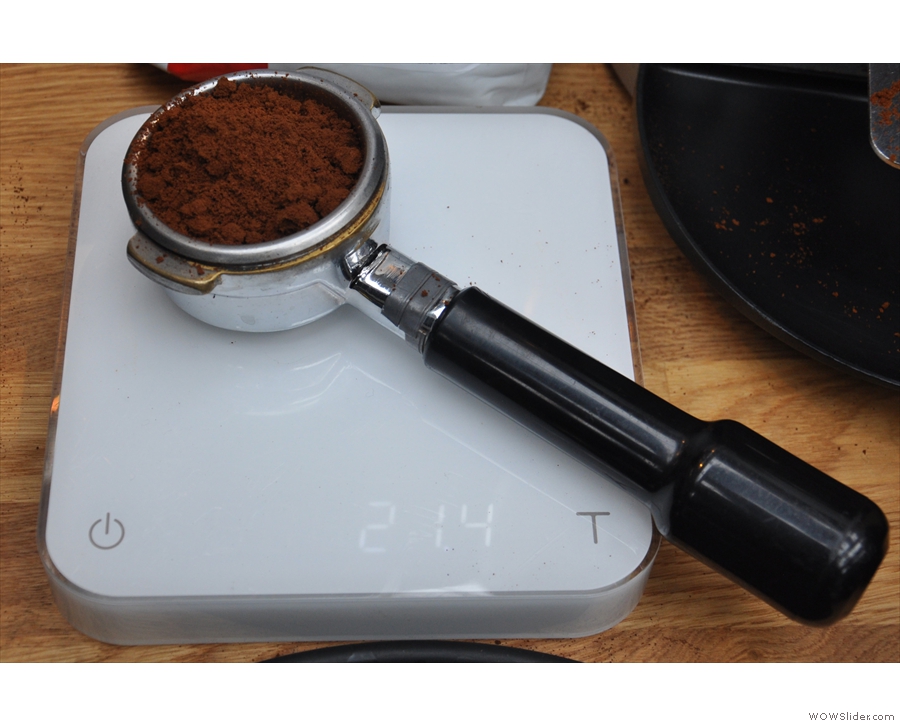
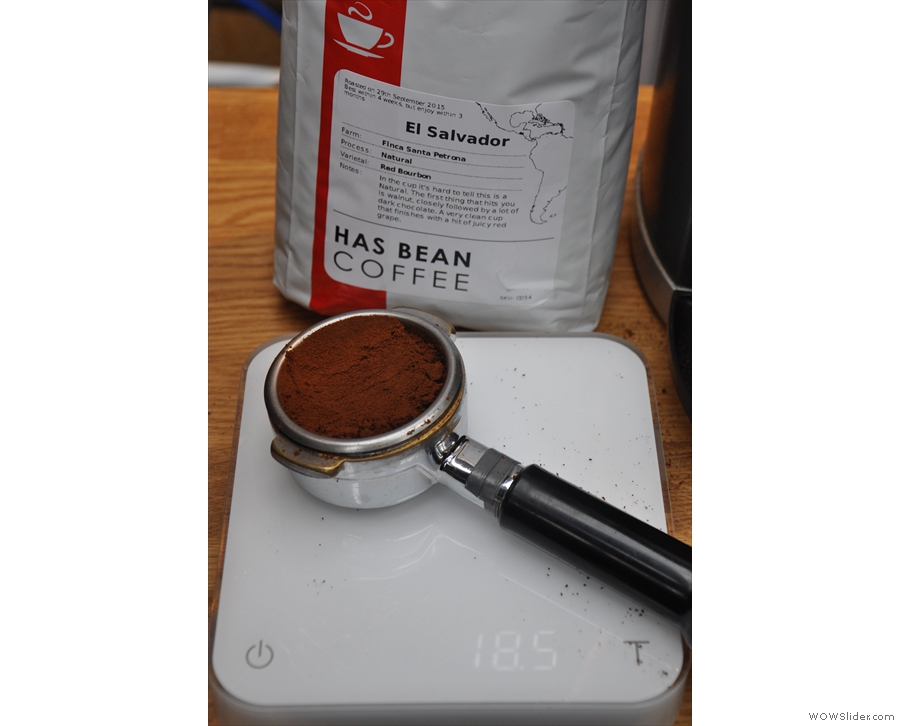
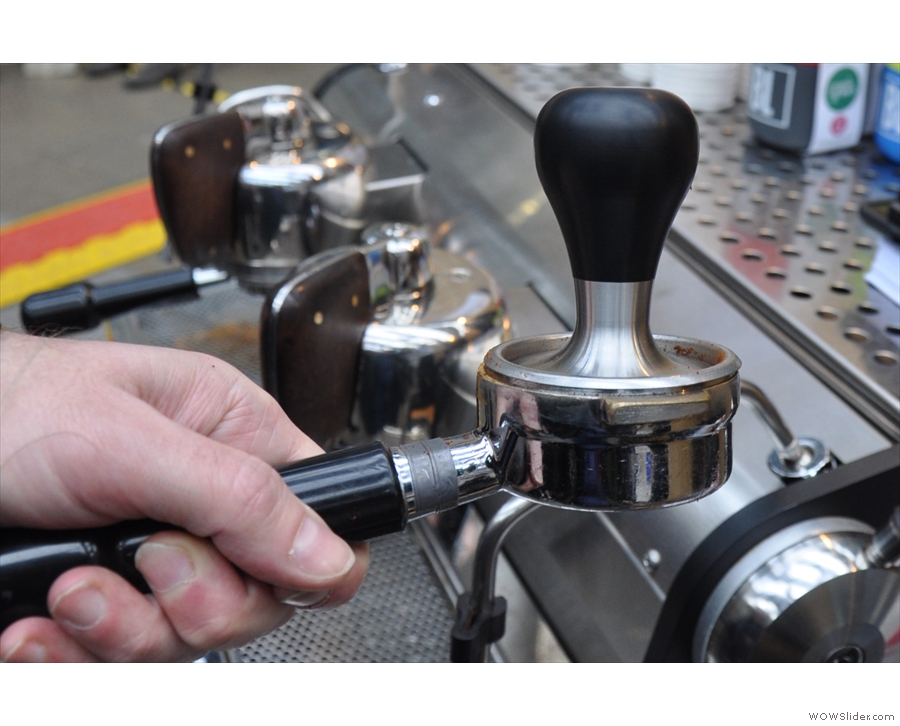
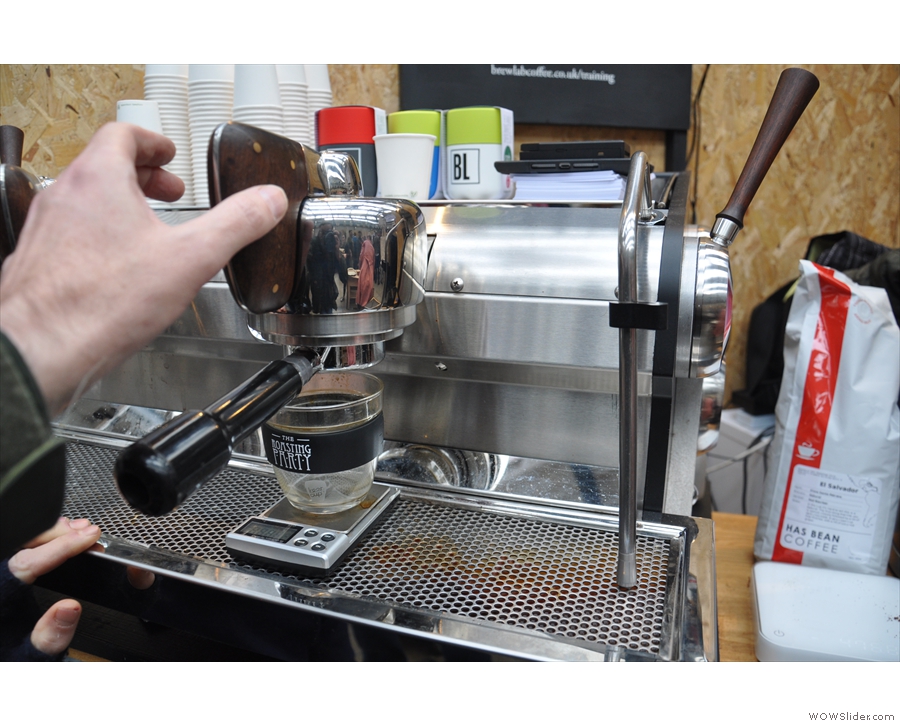
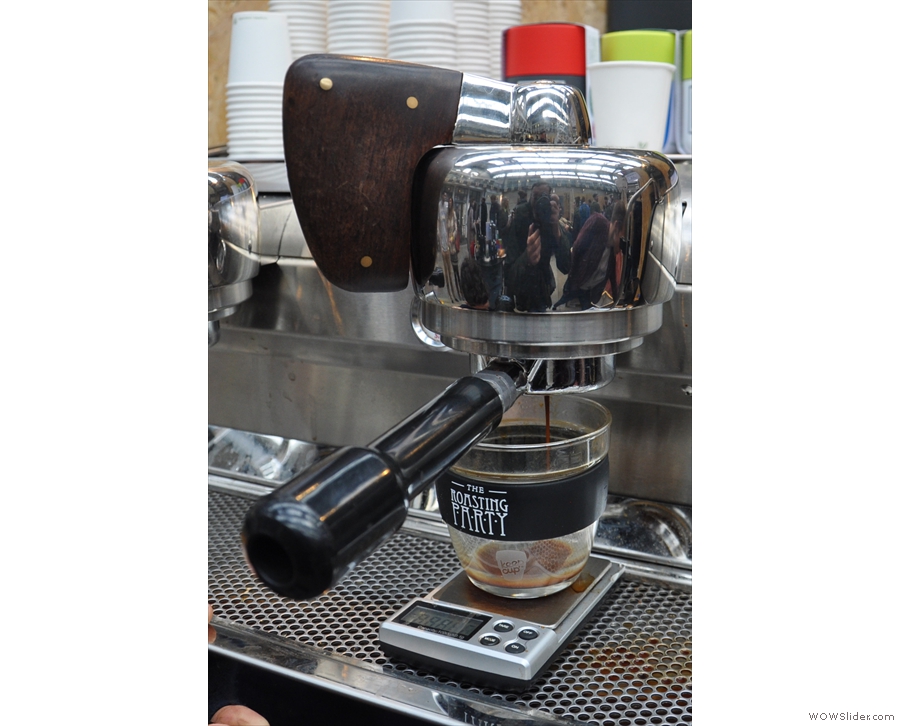
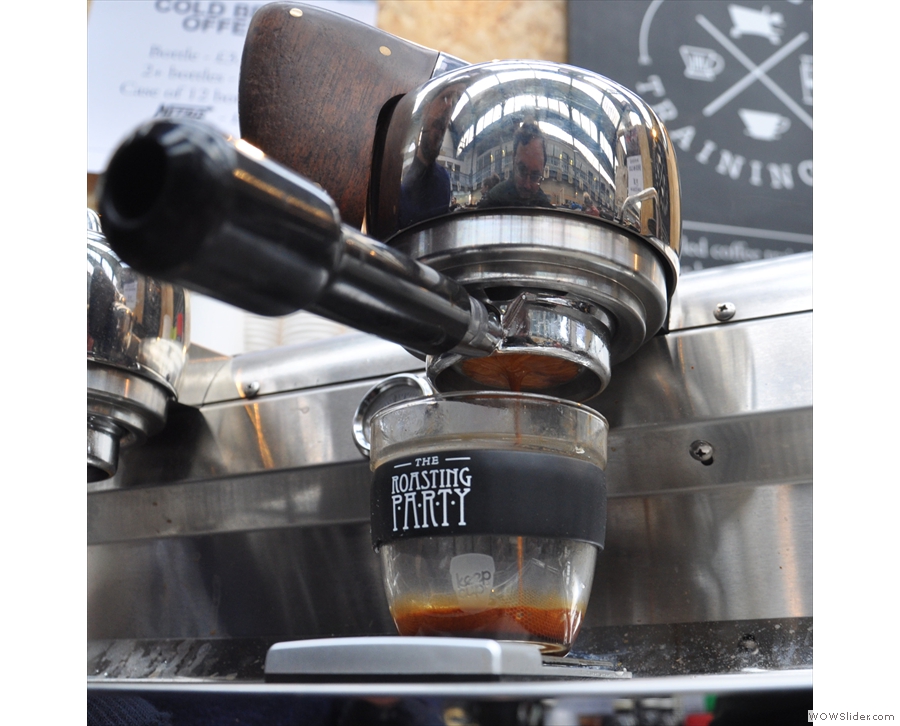
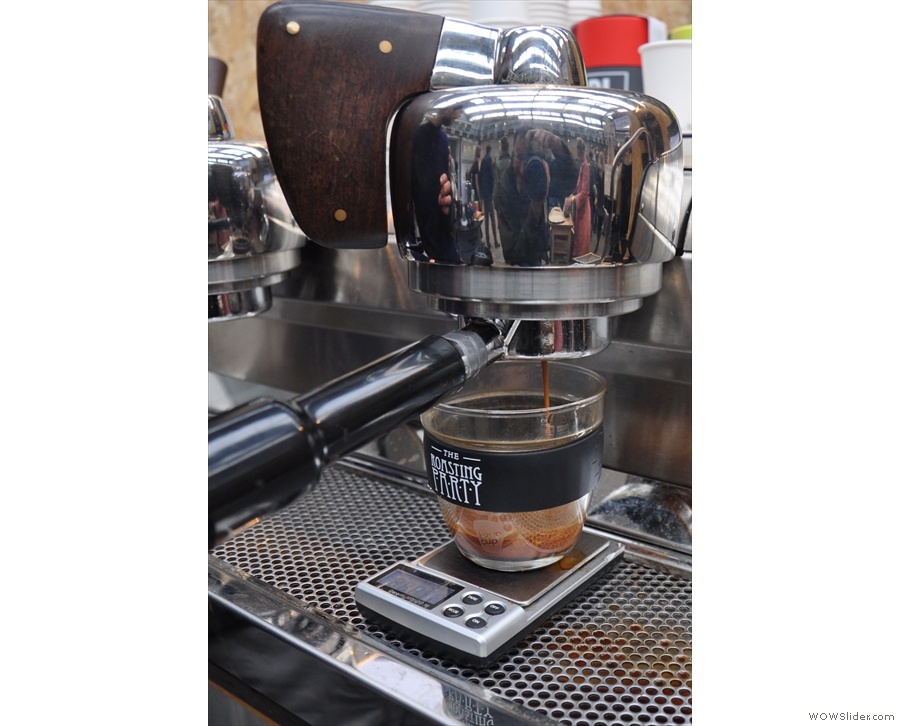
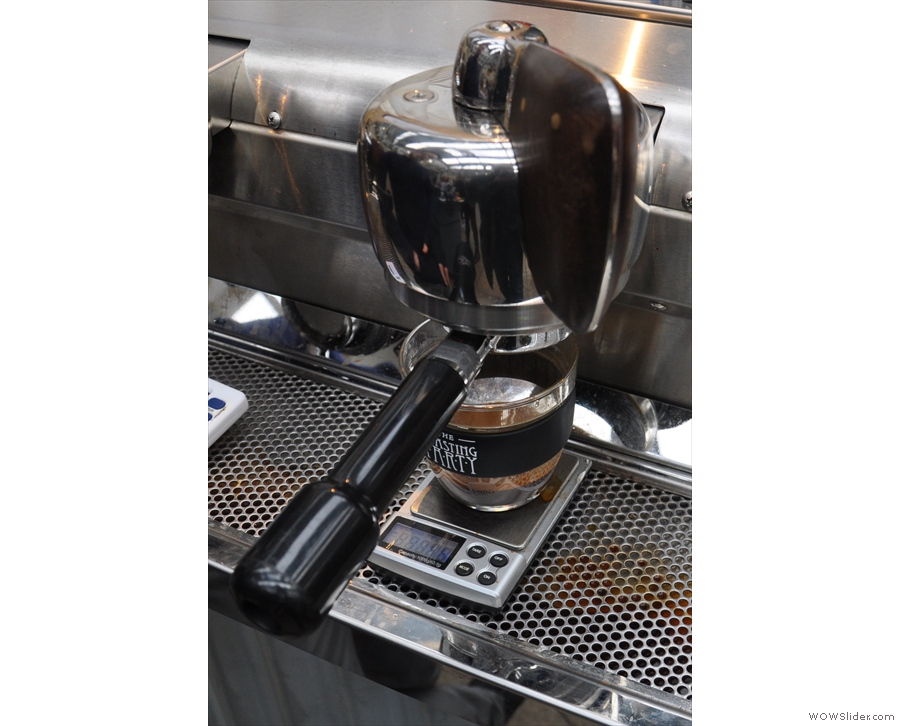
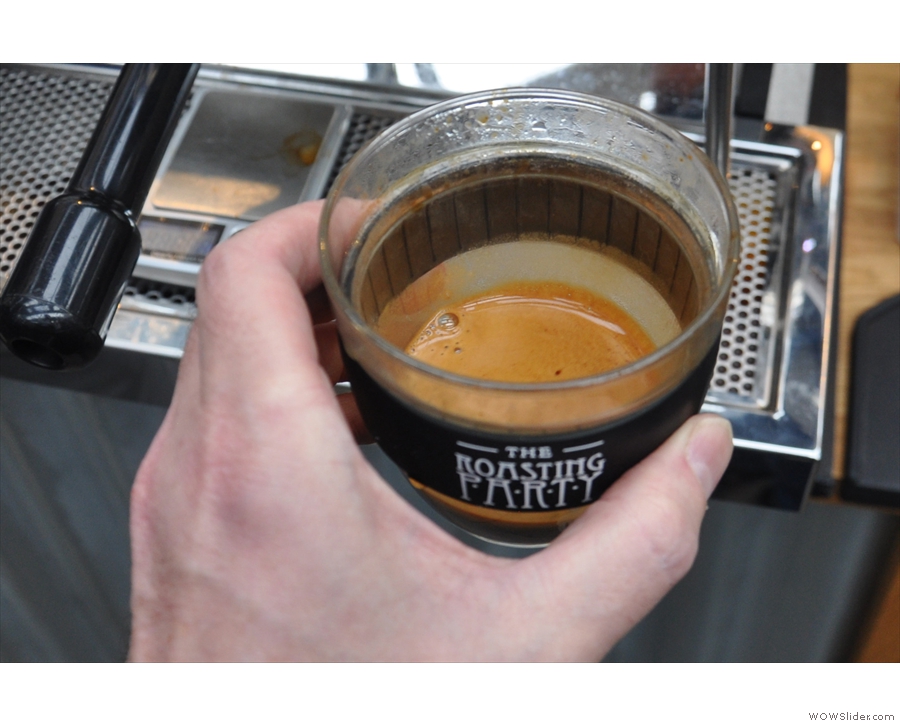
 1
1 2
2 3
3 4
4 5
5 6
6 7
7 8
8 9
9 10
10 11
11
Pingback: The Milkman | Brian's Coffee Spot
Pingback: Cup North 2015 Preview | Brian's Coffee Spot
Pingback: Avenue Coffee, Great Western Road | Brian's Coffee Spot
Pingback: McCune Smith | Brian's Coffee Spot
Pingback: Glasgow Coffee Festival 2015 Part II | Brian's Coffee Spot
Pingback: Cup North 2015 Part I | Brian's Coffee Spot
Pingback: Cup North 2015 Part II | Brian's Coffee Spot
Pingback: Cup North 2015 Part III | Brian's Coffee Spot
Pingback: 2015 Awards – Most Passionate About Coffee | Brian's Coffee Spot
Pingback: Terrone & Co at Netil Market | Brian's Coffee Spot
Pingback: Avenue Coffee Roasting Co | Brian's Coffee Spot
Pingback: The Coffee Spot is Four! | Brian's Coffee Spot
Pingback: Glasgow Coffee Festival 2017 Preview | Brian's Coffee Spot
Pingback: The Cran’ | Brian's Coffee Spot
Pingback: Glasgow Coffee Festival 2017 Part I | Brian's Coffee Spot
Pingback: Primal Roast | Brian's Coffee Spot
Pingback: Glasgow Coffee Festival 2018 Preview | Brian's Coffee Spot
Pingback: Glasgow Coffee Festival 2018 Part I | Brian's Coffee Spot
Pingback: Glasgow Coffee Festival 2018 | Brian's Coffee Spot
Pingback: Glasgow Coffee Festival 2020 | Brian's Coffee Spot
Pingback: Brian’s Travel Spot: Caledonian Sleeper to Glasgow | Brian's Coffee Spot